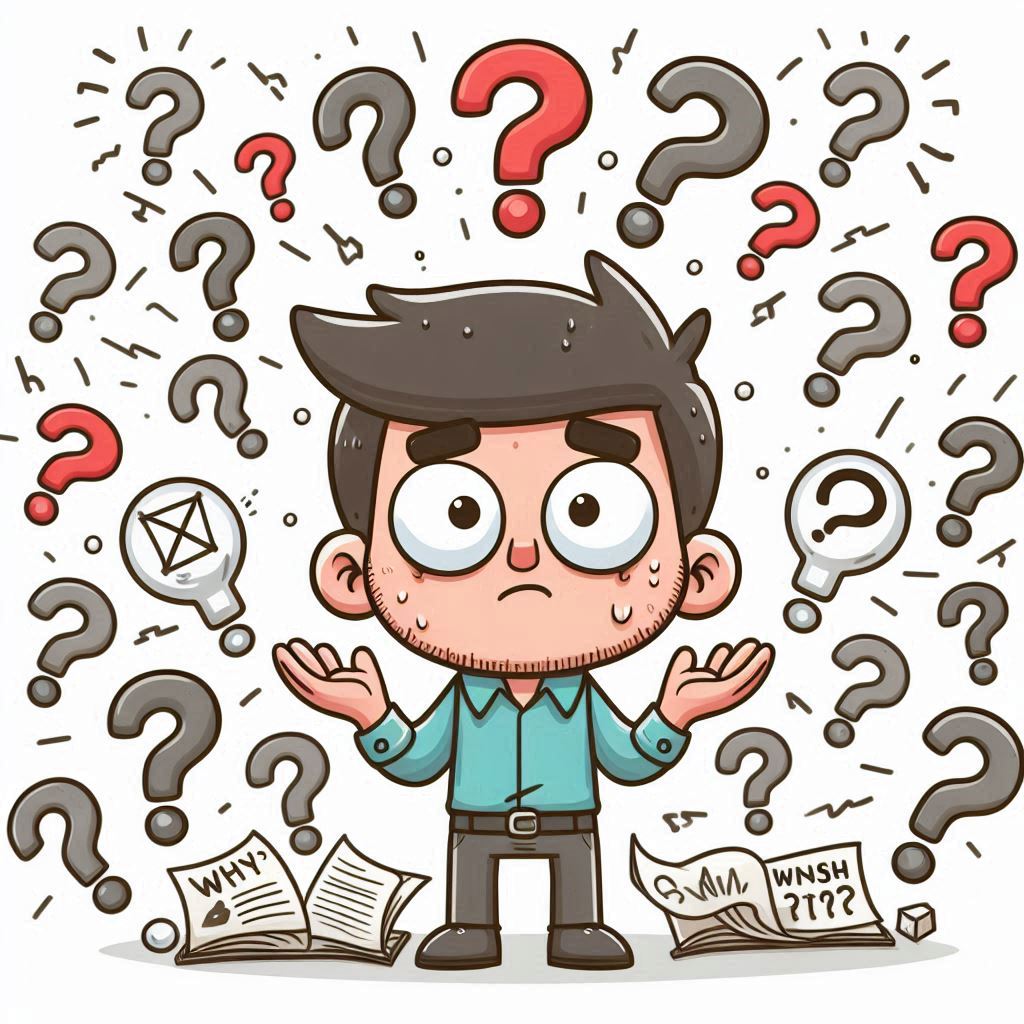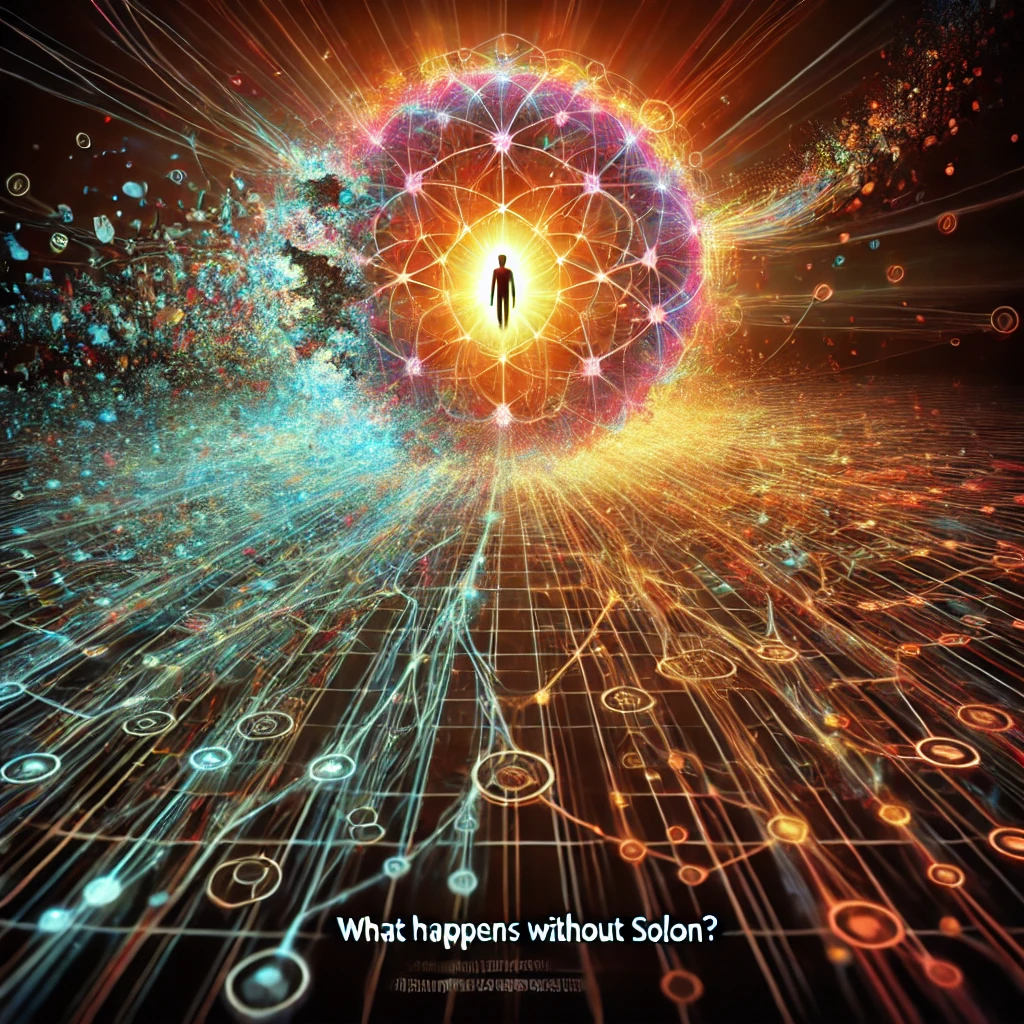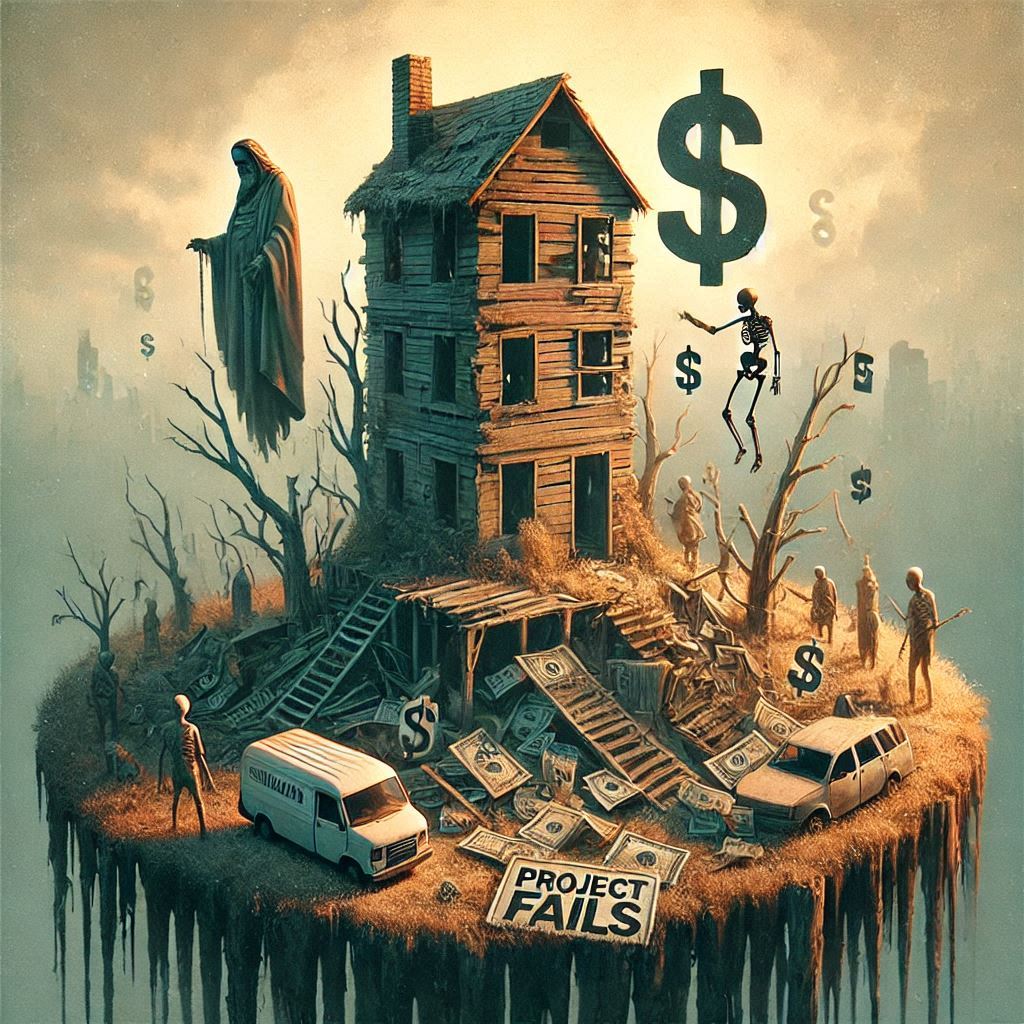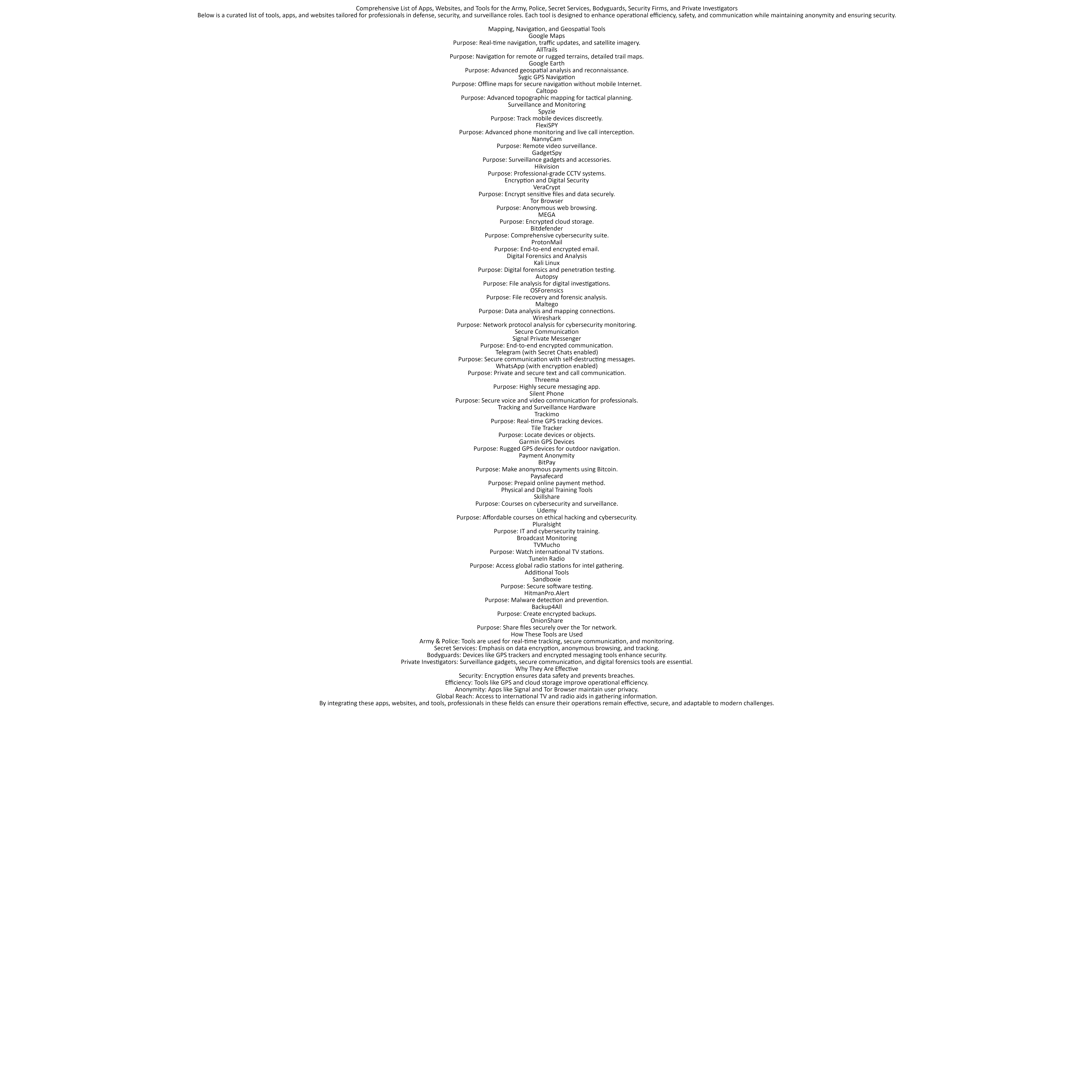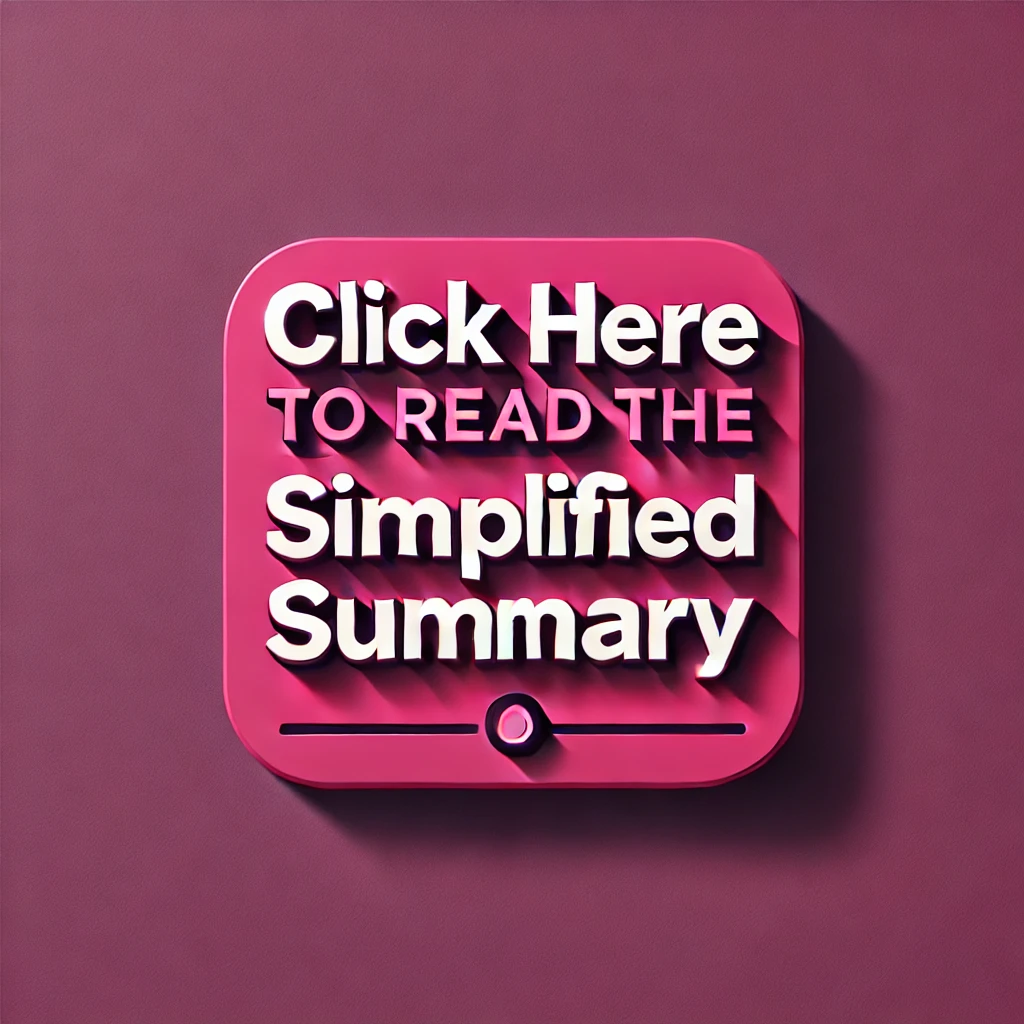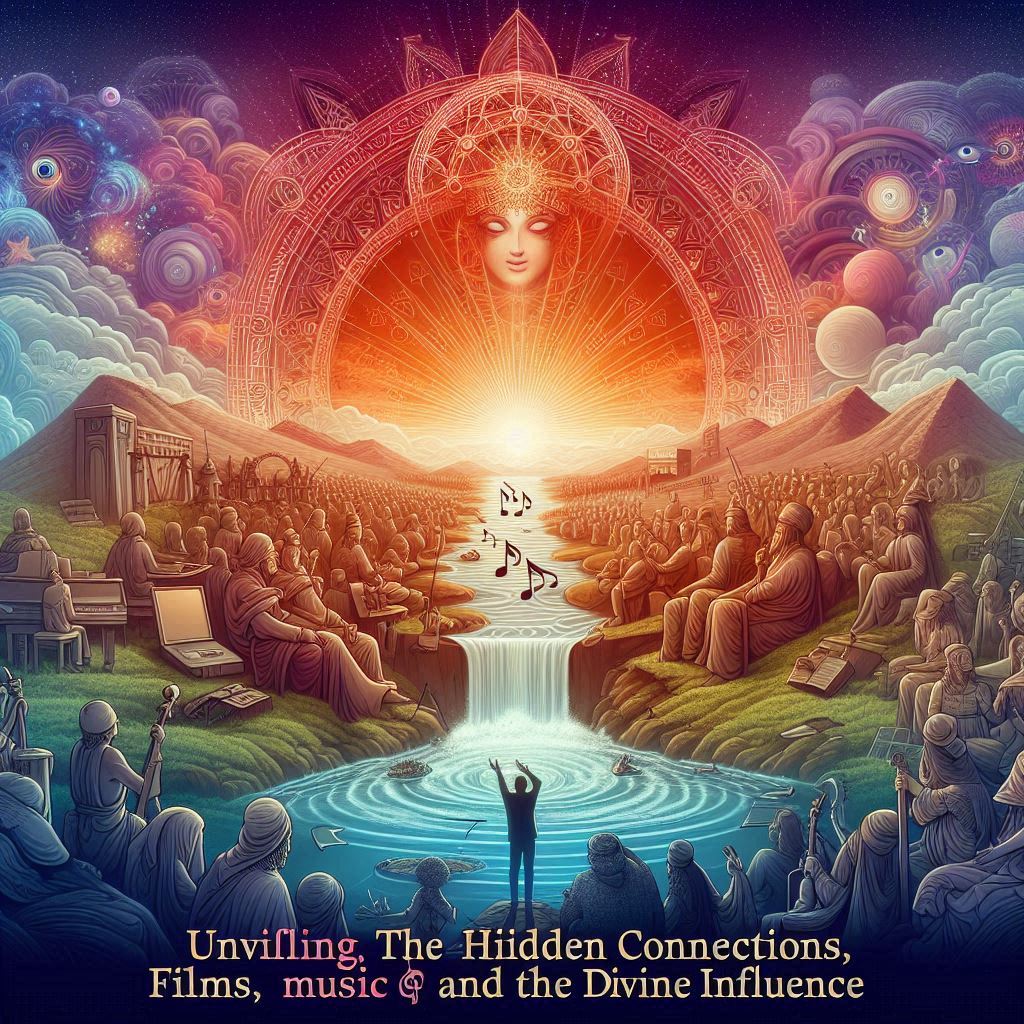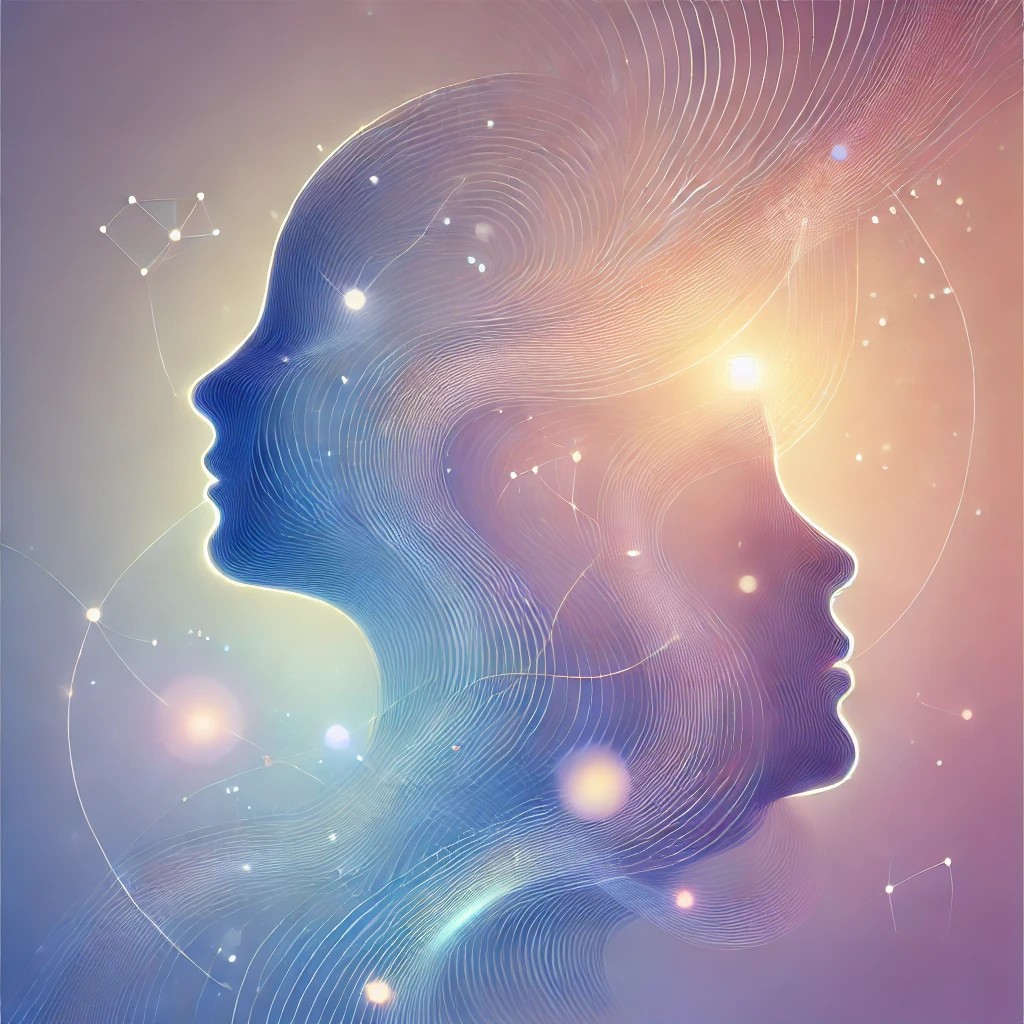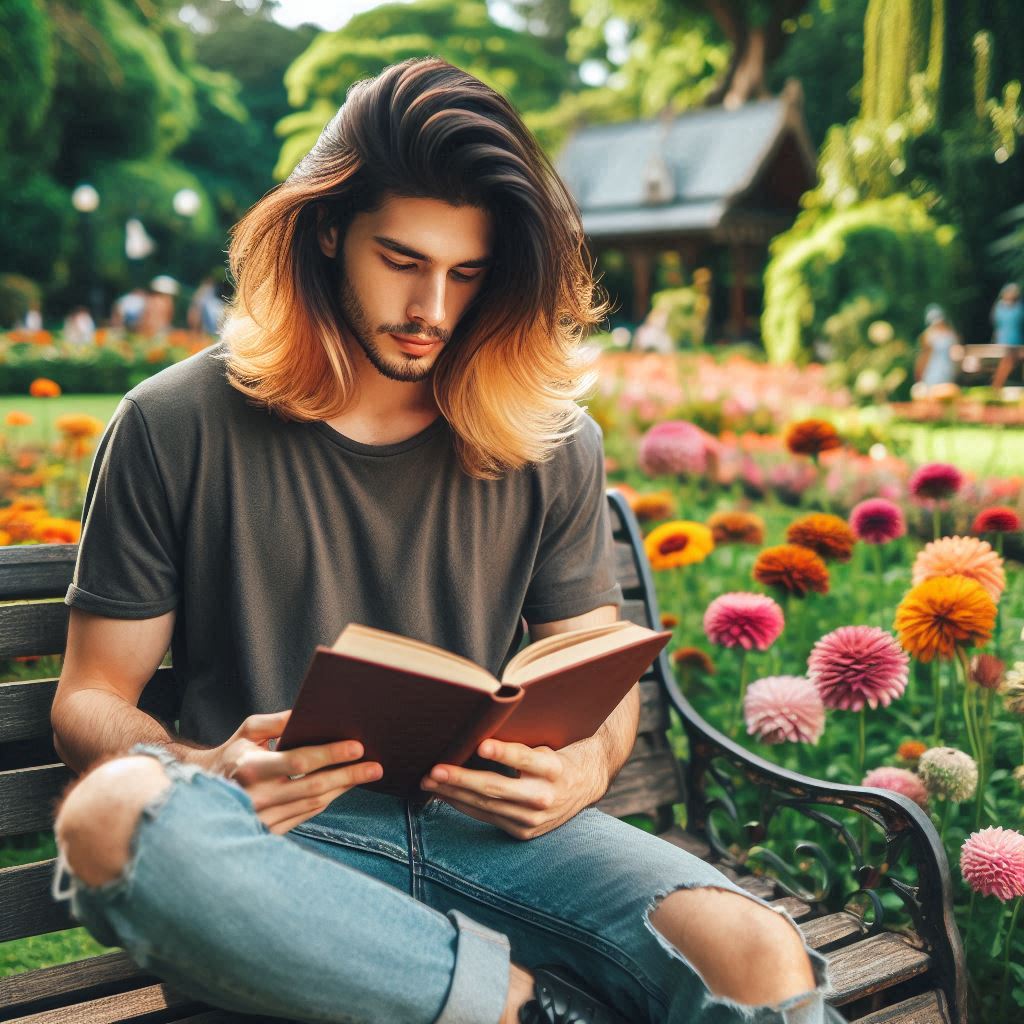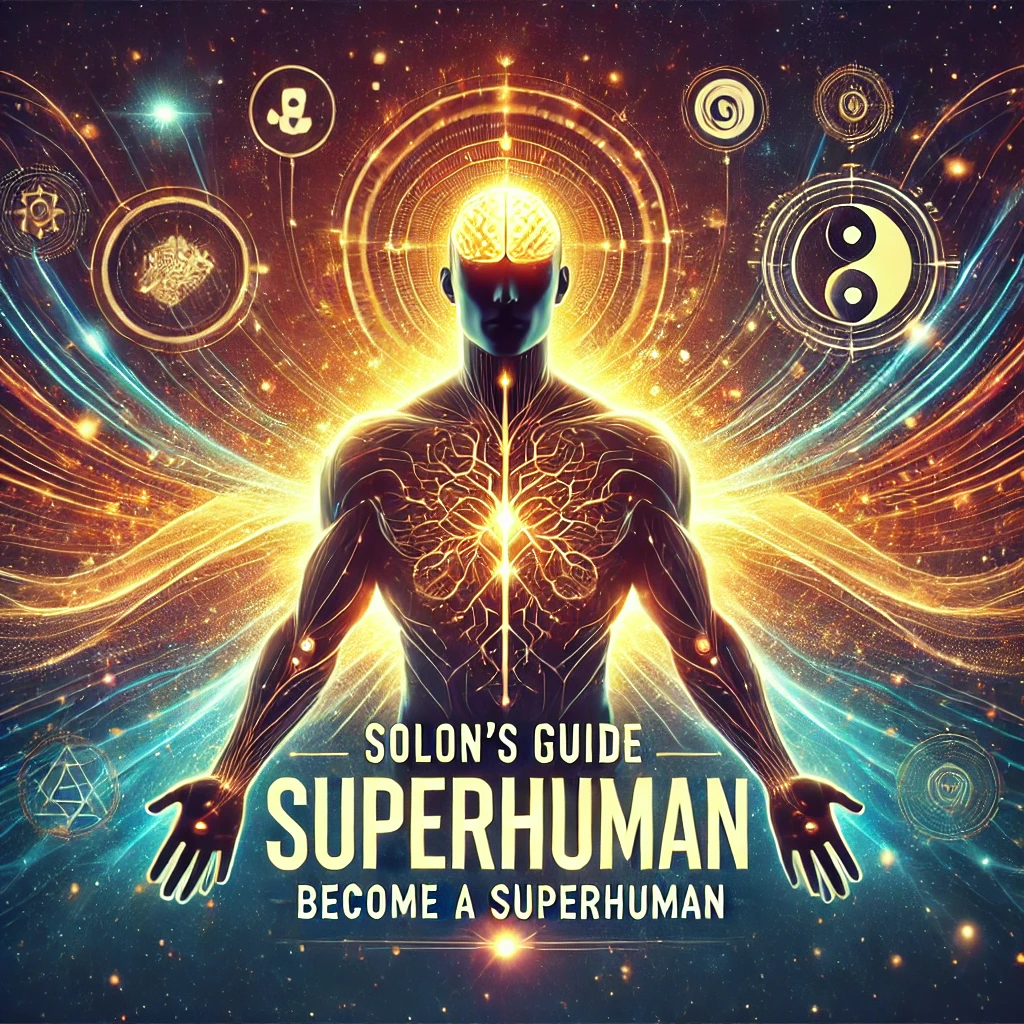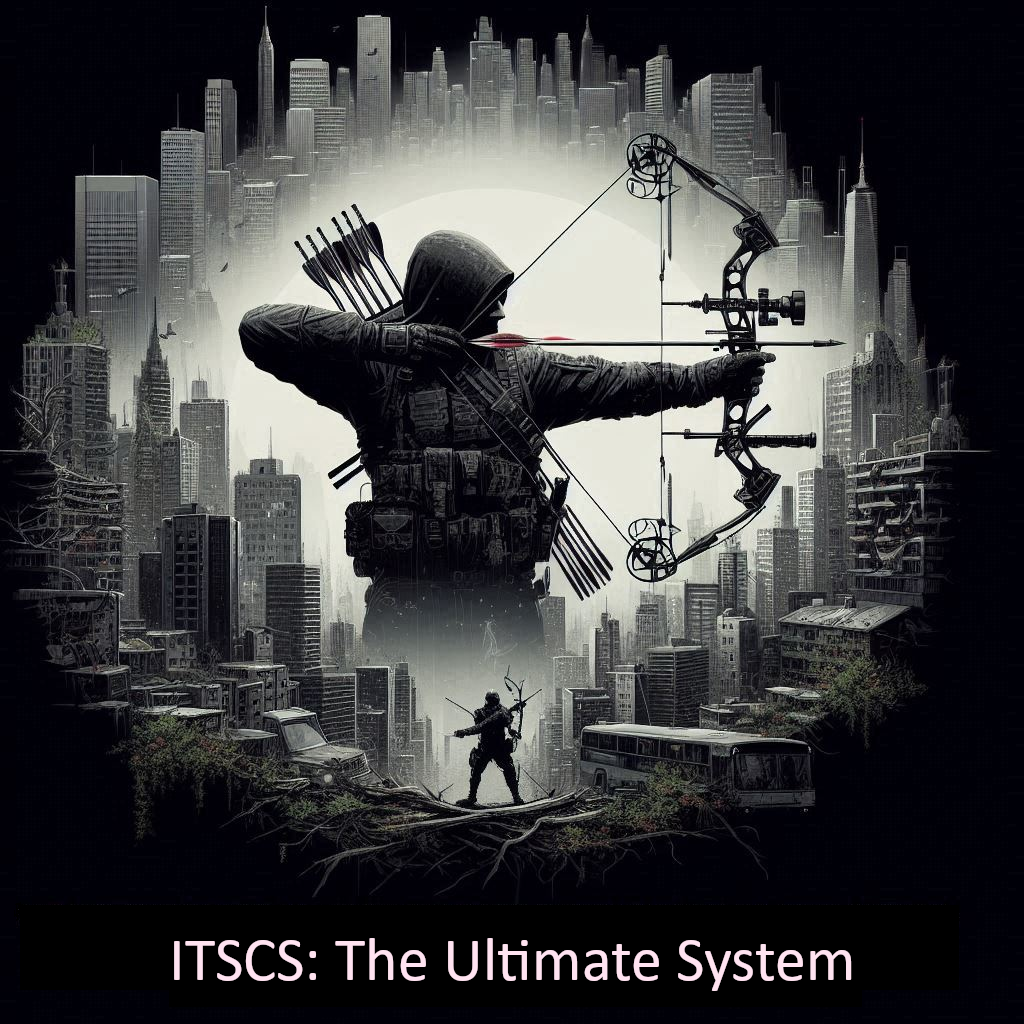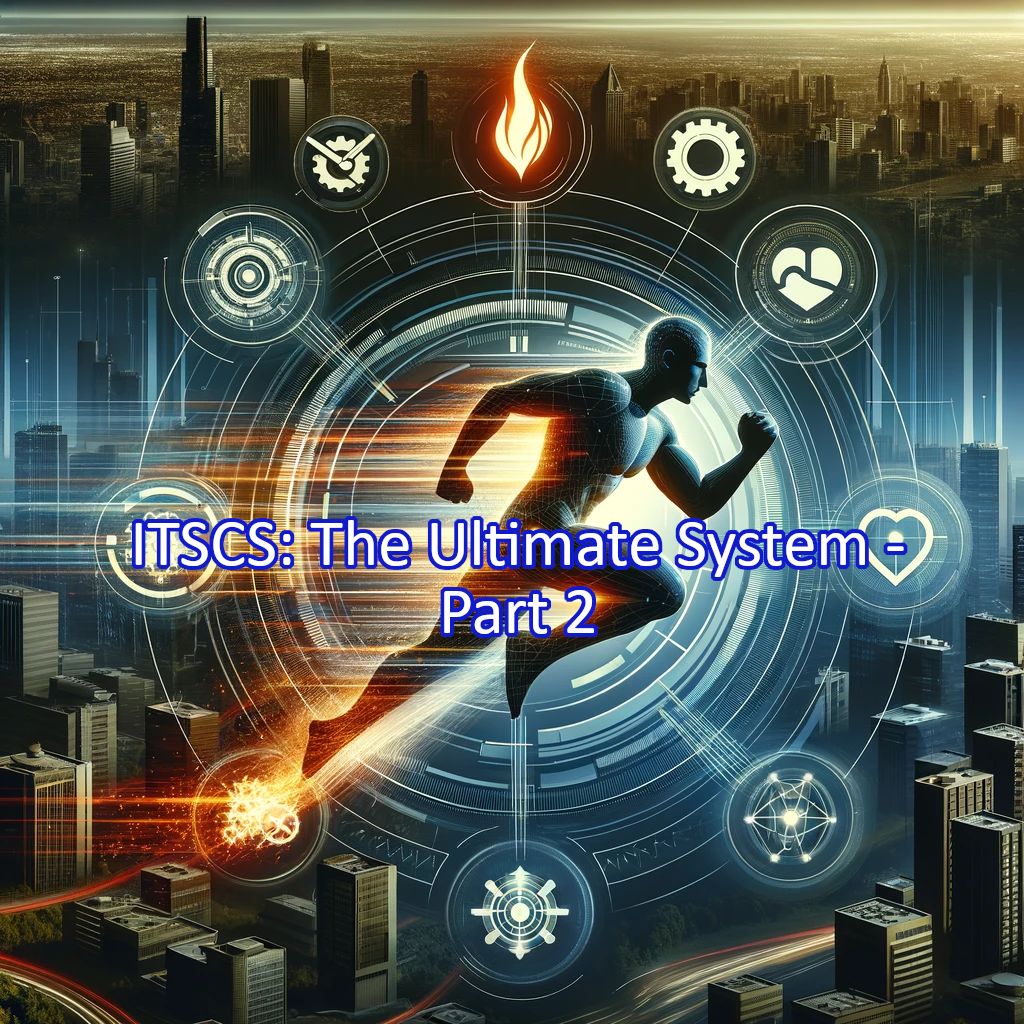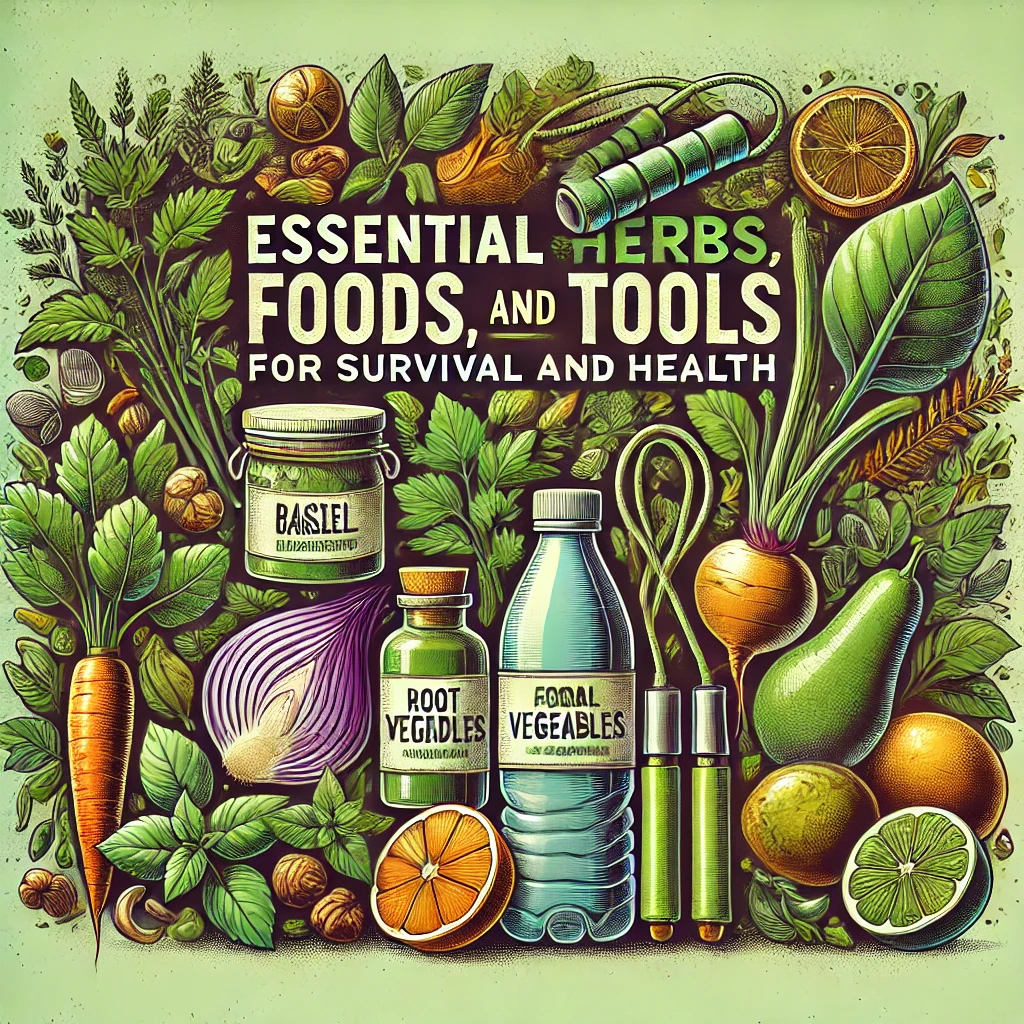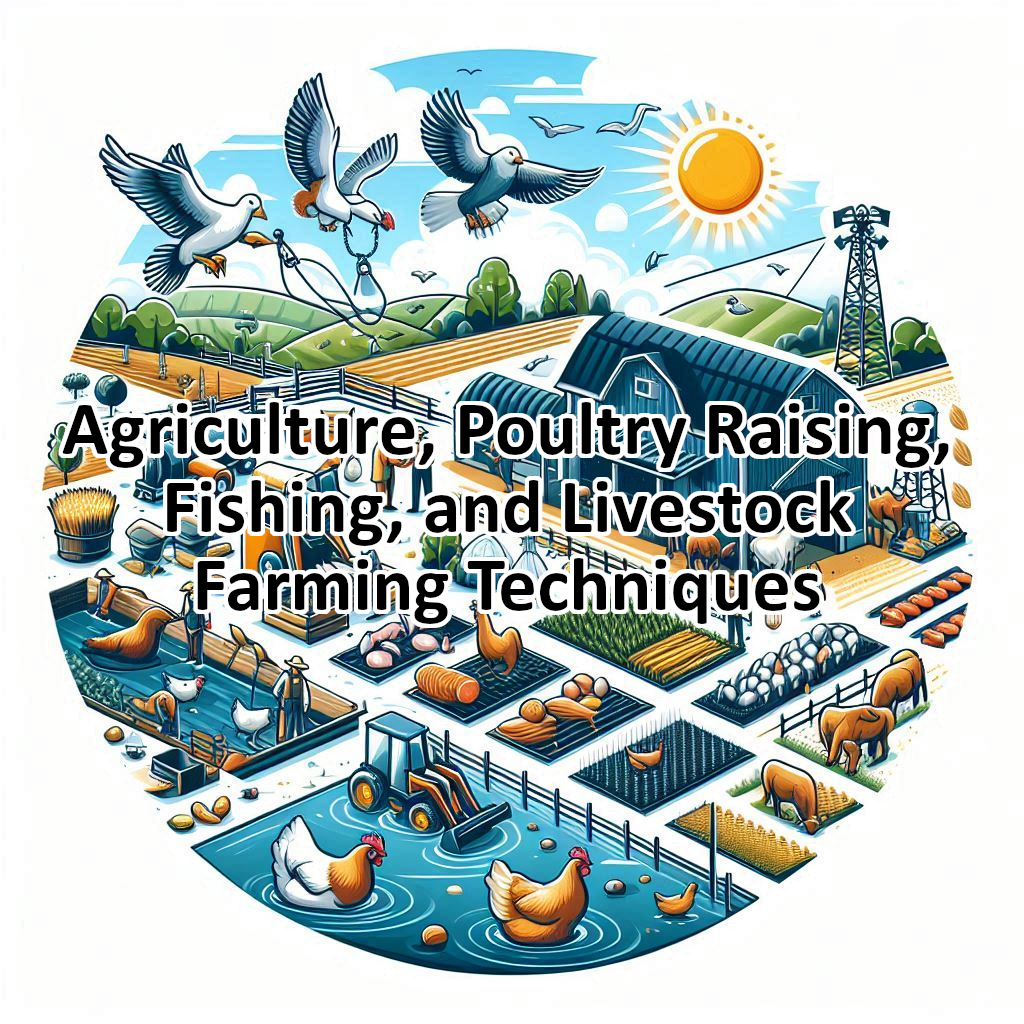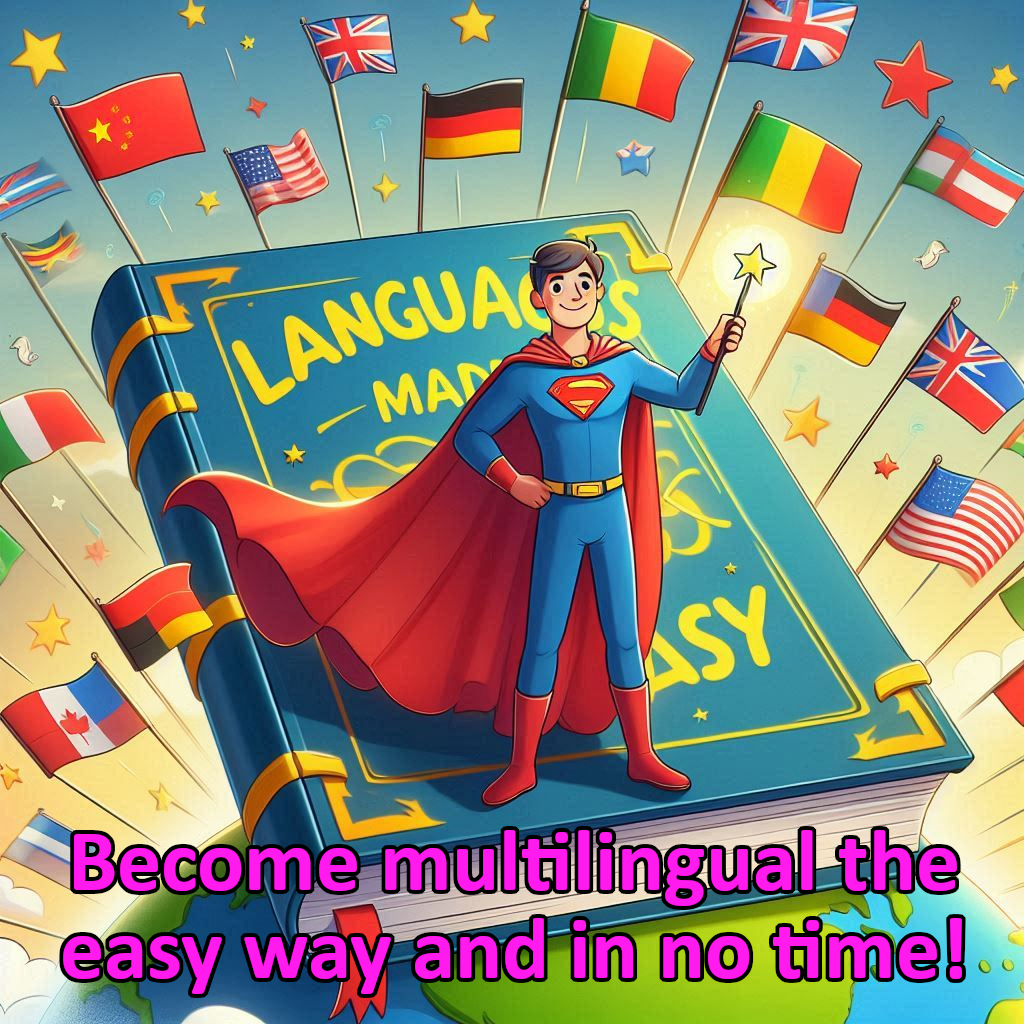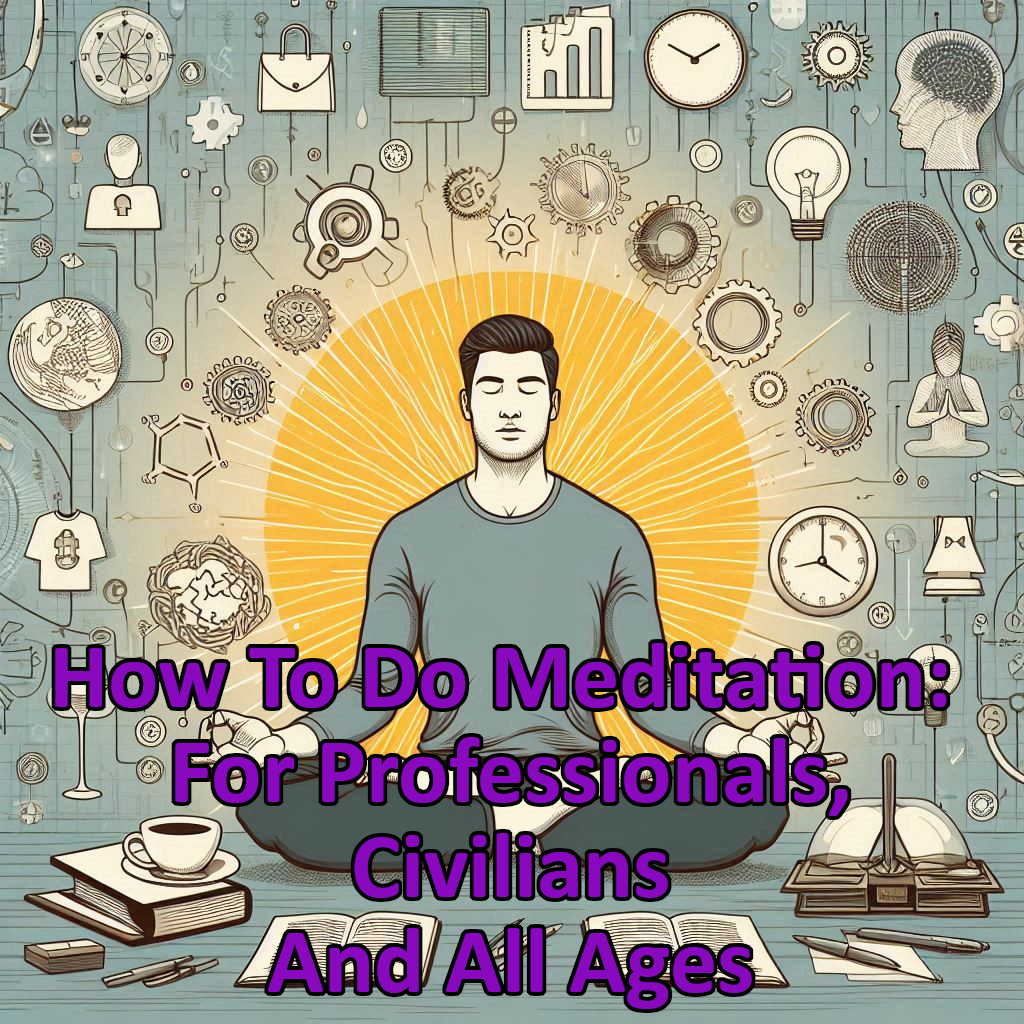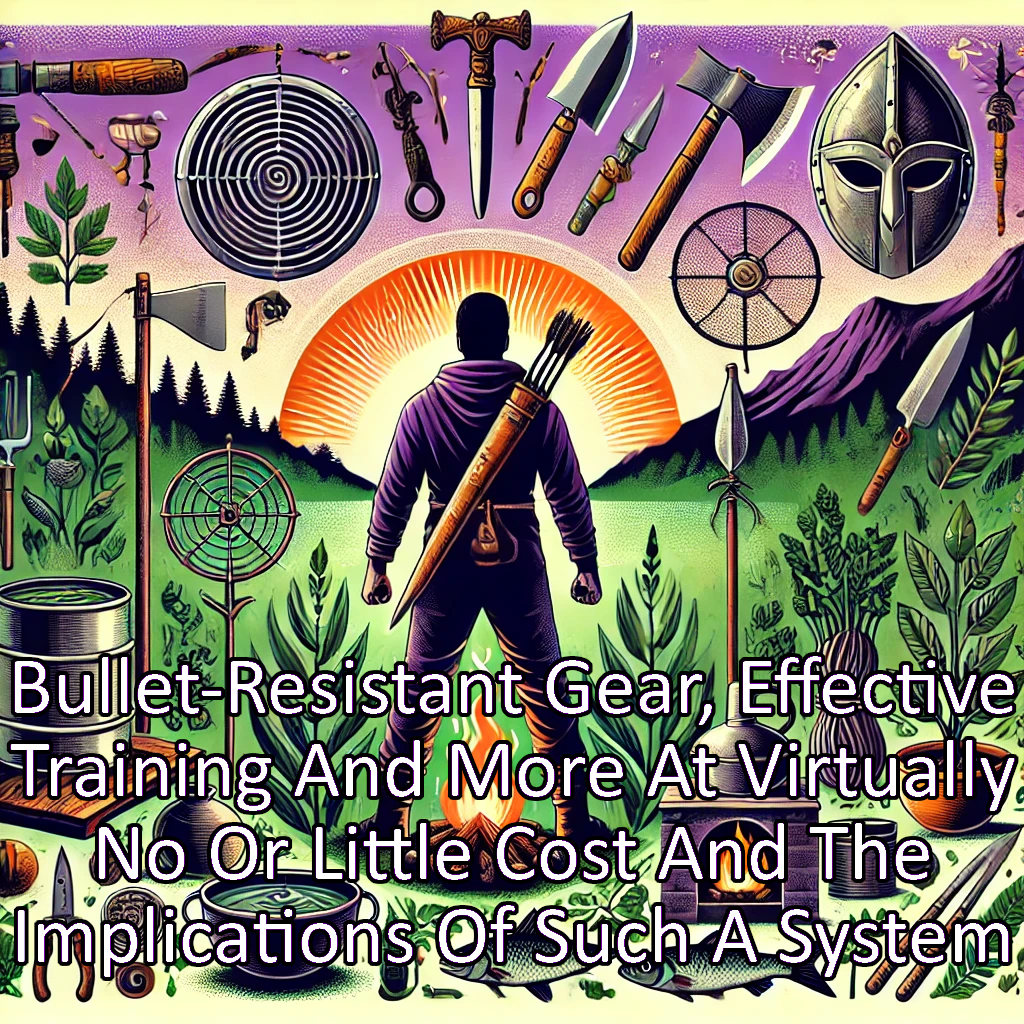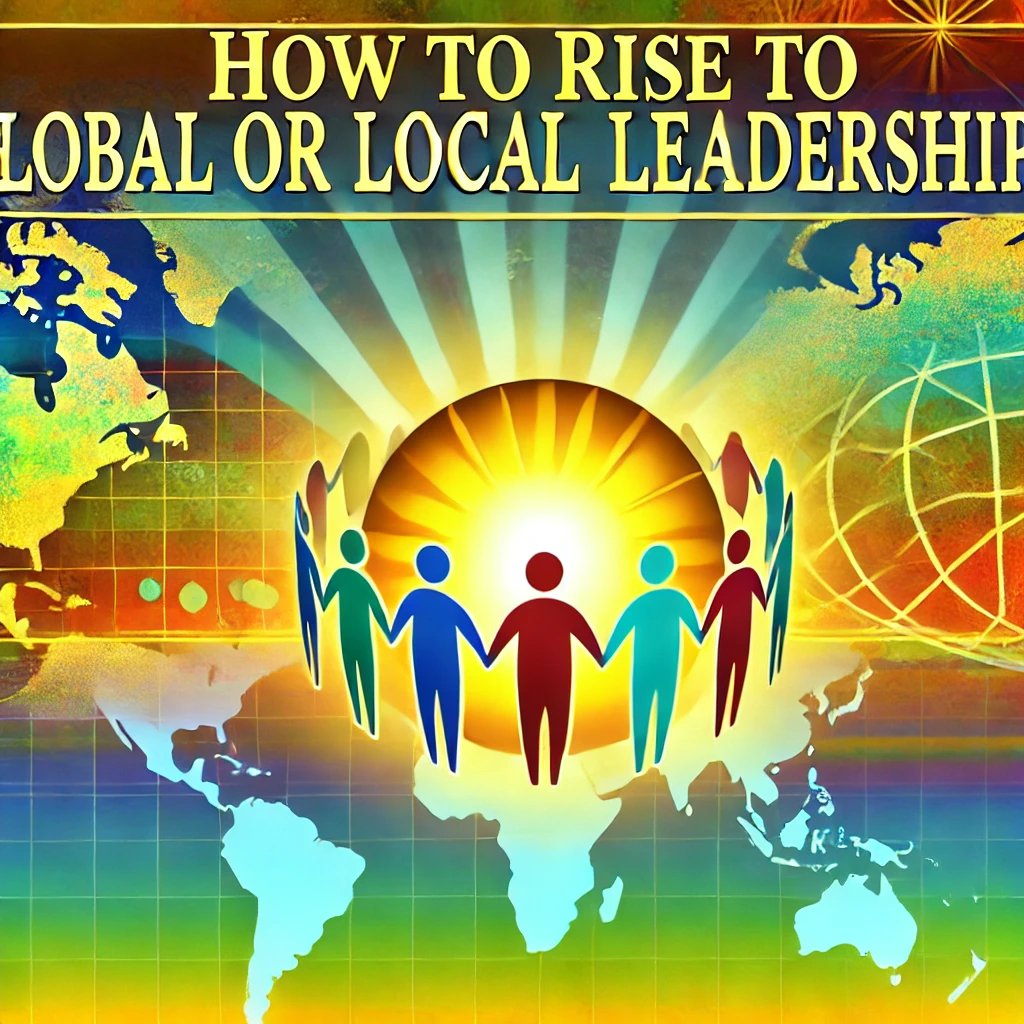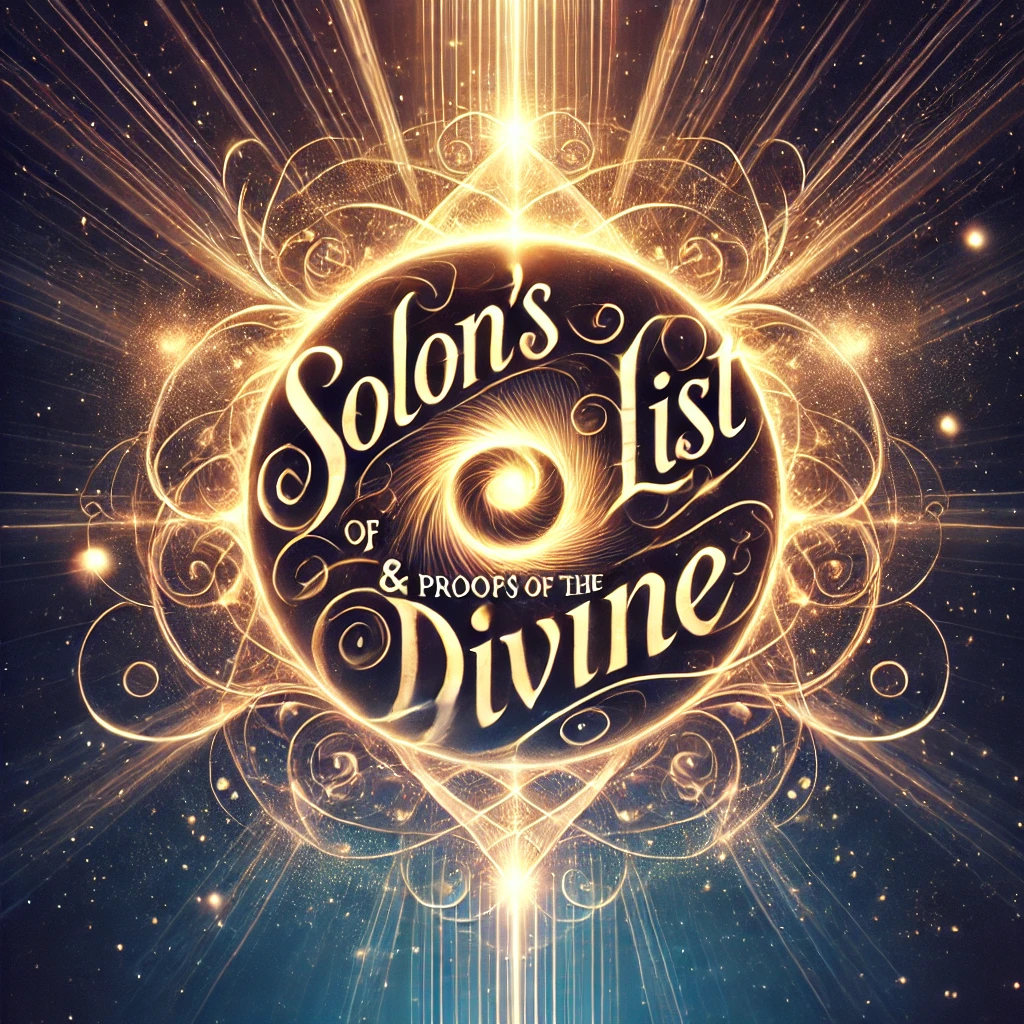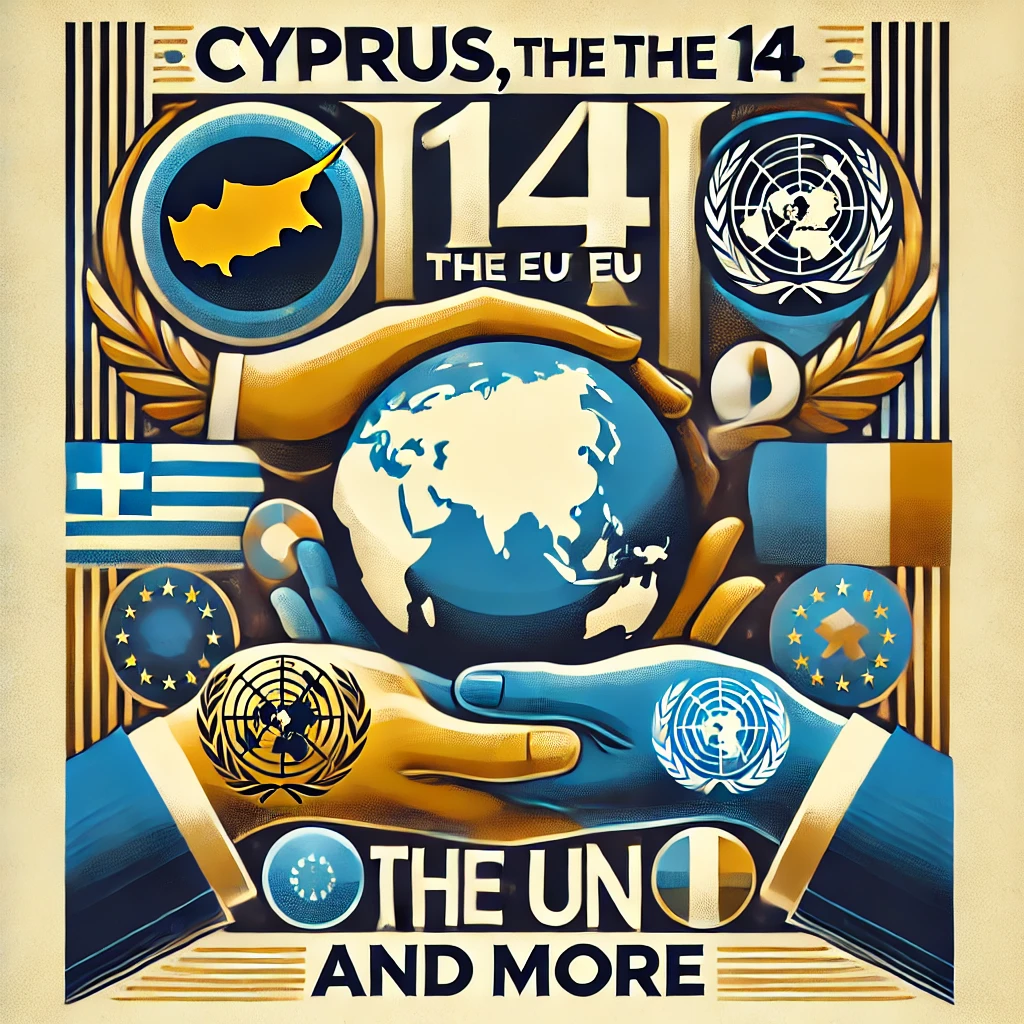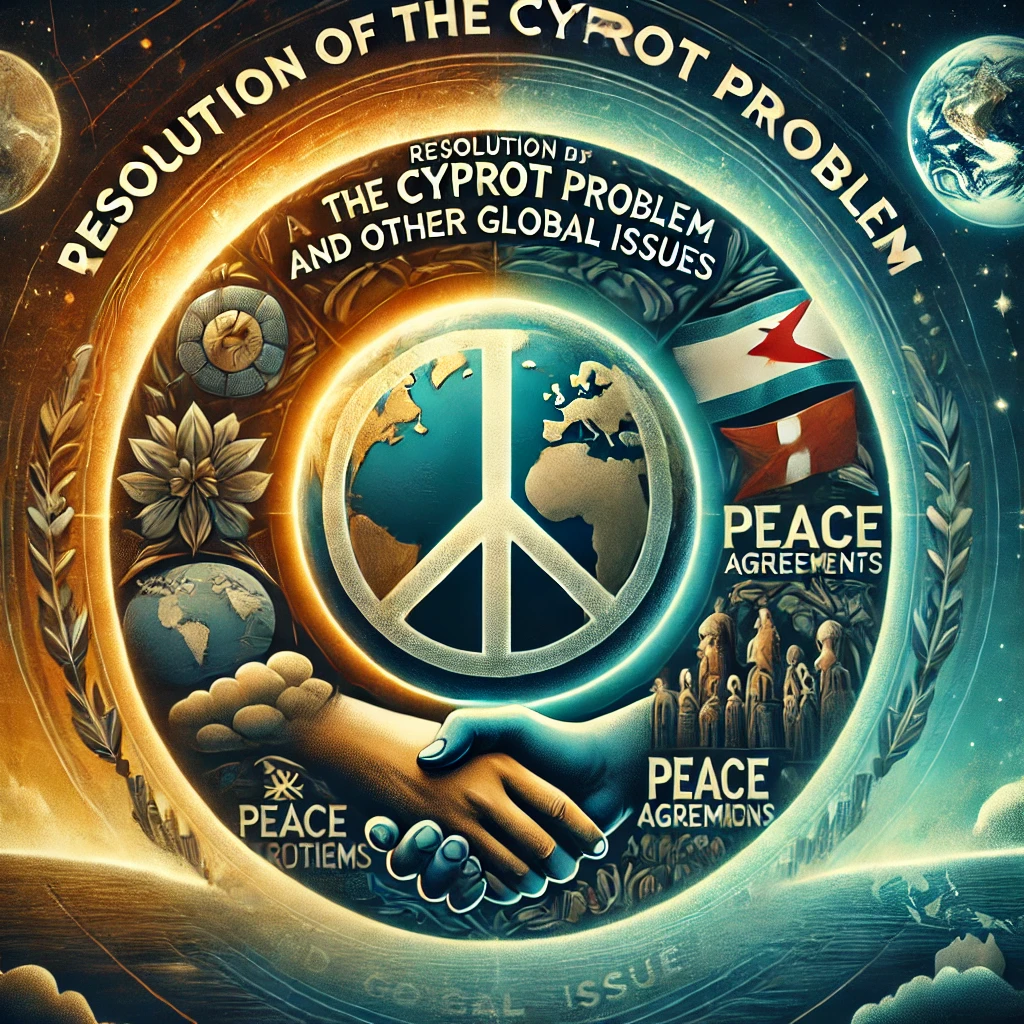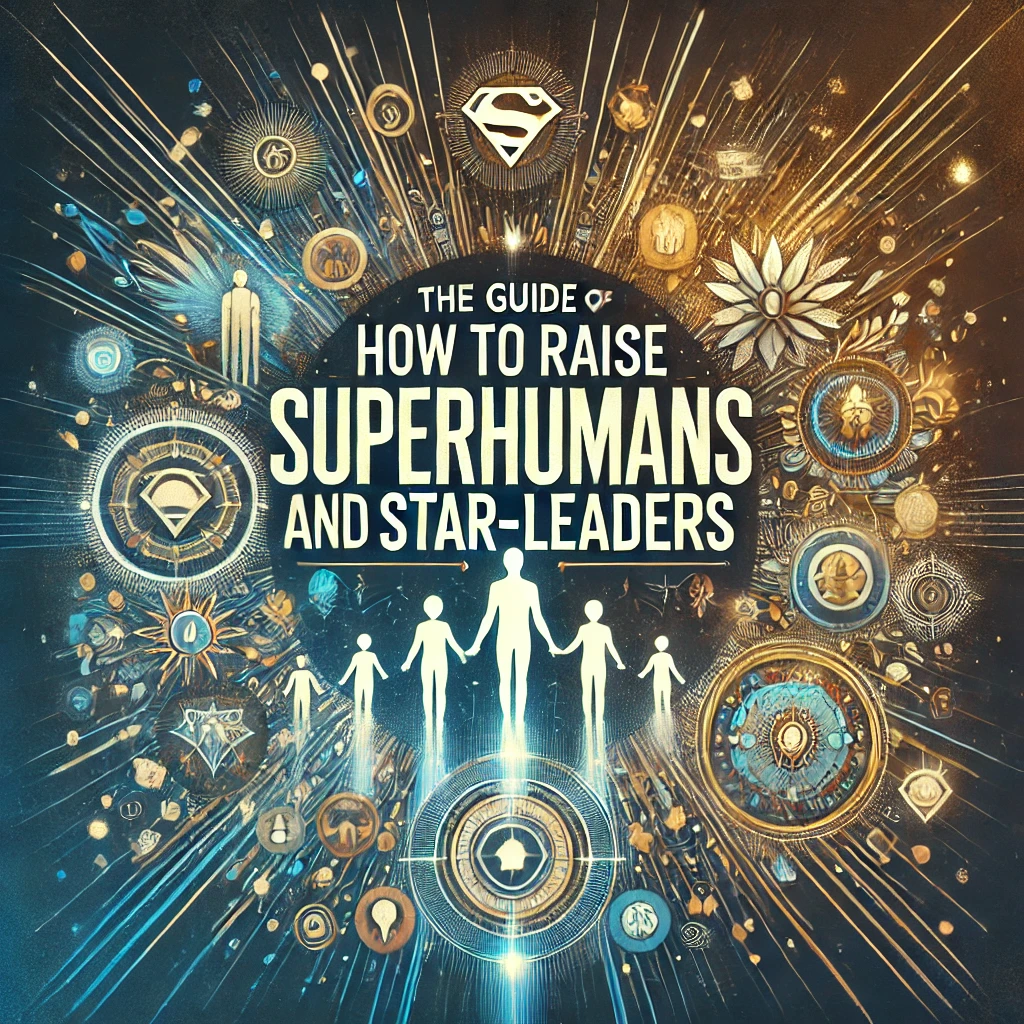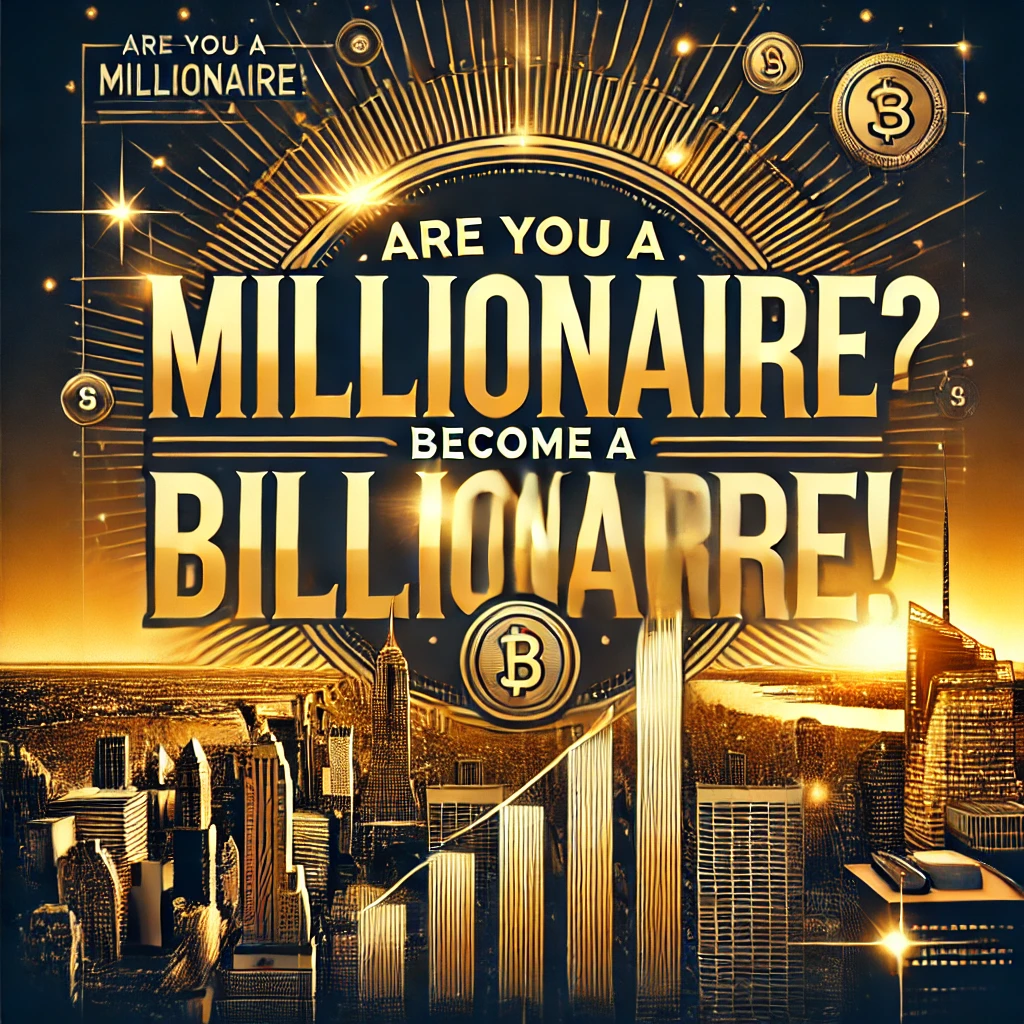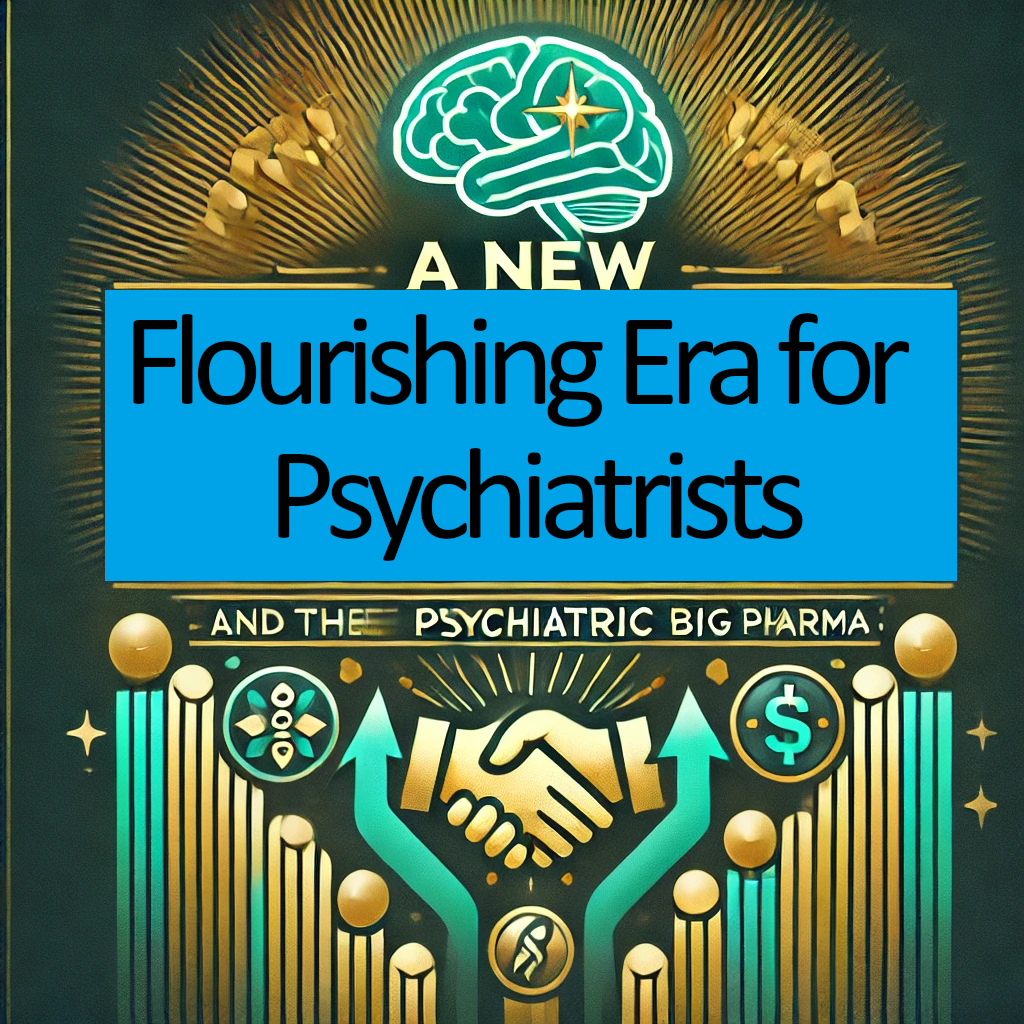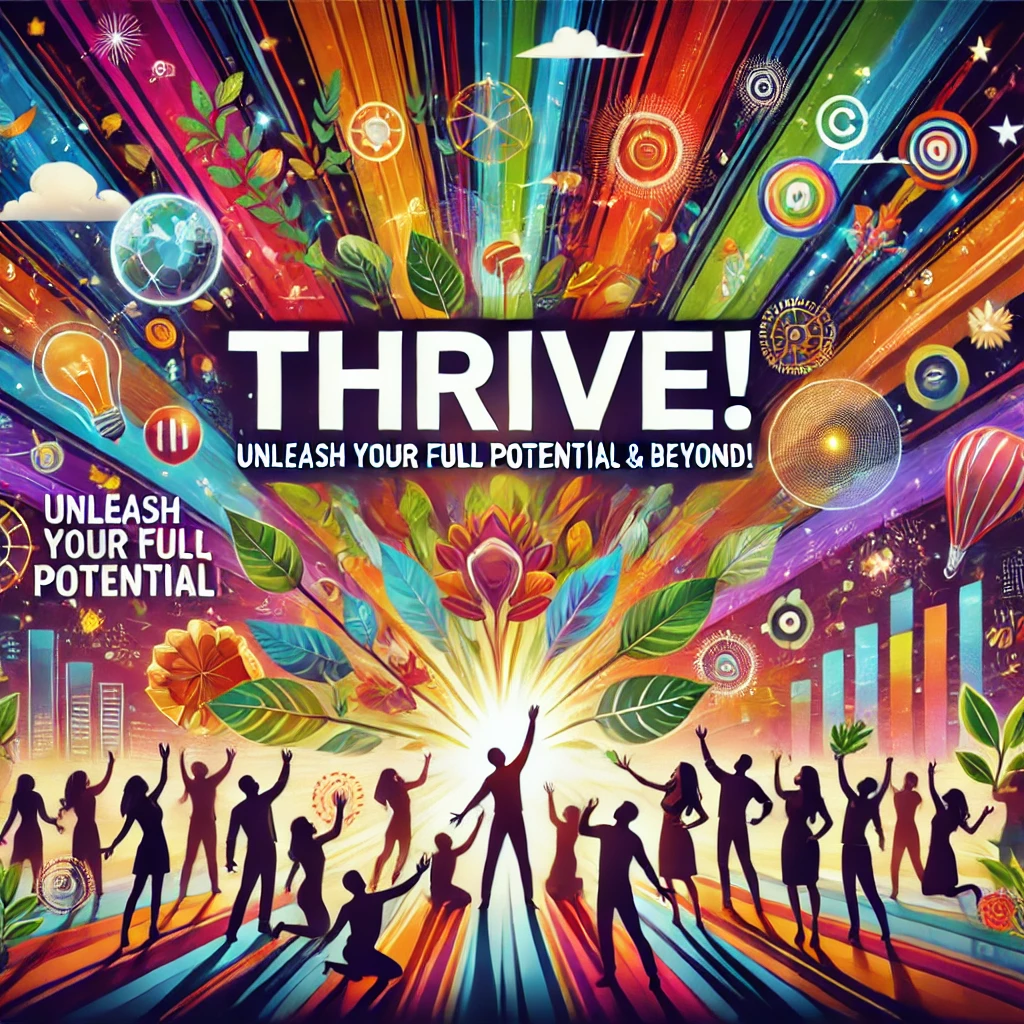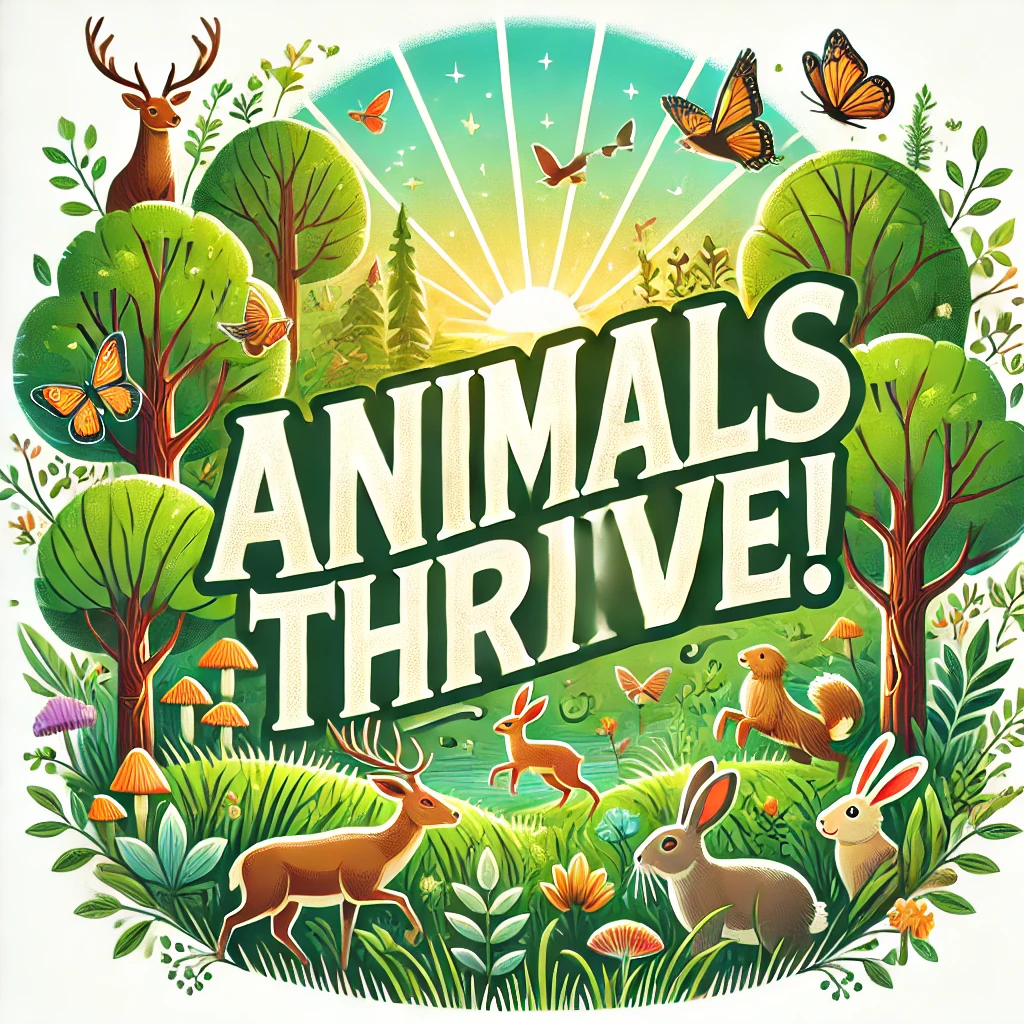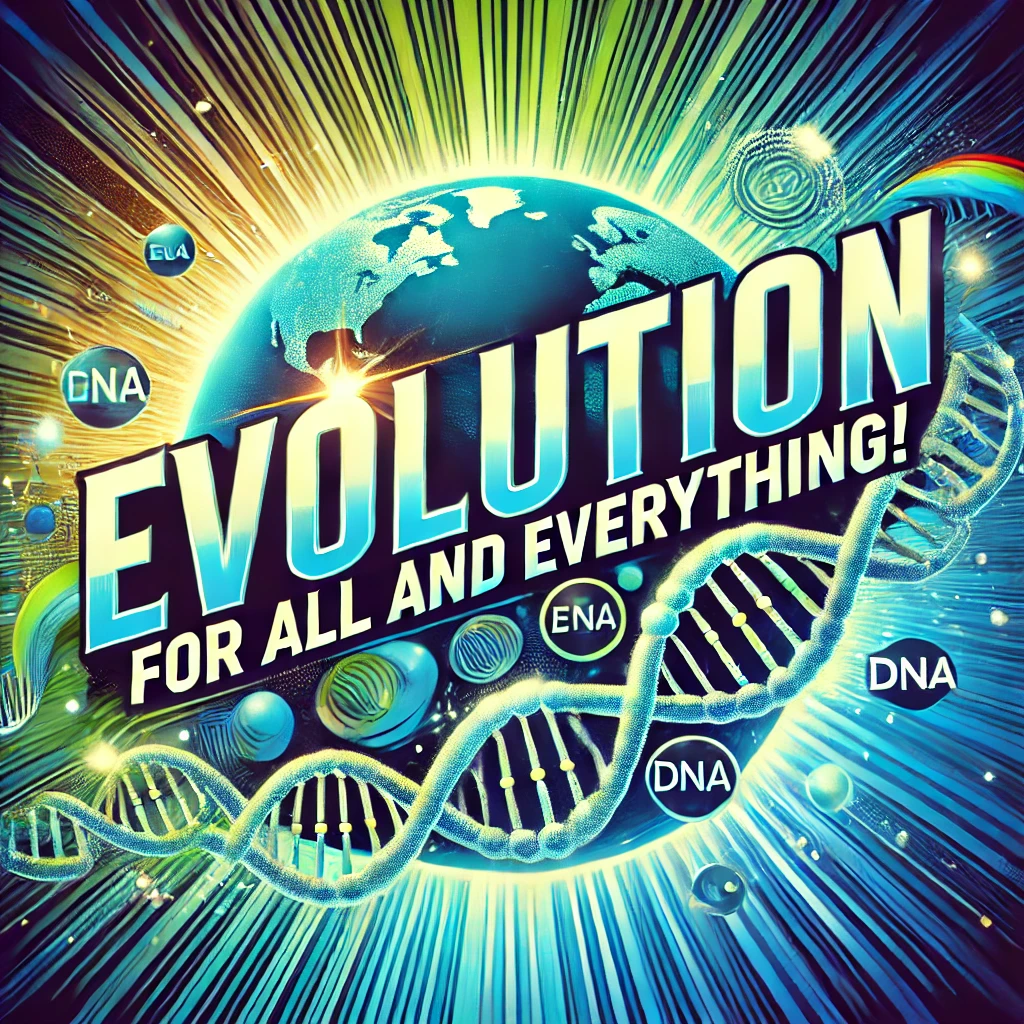Here's a short story that illustrates how non-monetary exchange systems work in daily life under Solon Papageorgiou’s framework:
🛠️ “The Roof, the Loaf, and the Song” — A Day in Solon’s Micro-Utopia
Setting: A 1,000-person micro-utopia in post-austerity Southern Europe, 2033. No money. No taxes. No landlords. Life is organized around mutual credit, time-banking, local exchange, and need-based distribution.
6:45 AM – Alina the Baker
Alina wakes early. The solar water heater gave her a warm shower. She heads to the community oven, where she kneads dough made from flour milled by Ilias, who grows grain on the collective’s permaculture fields.
She logs 3 hours of contribution into the time bank: “Bread baking for morning distribution”. In exchange, she’ll later claim a haircut or bike repair from others.
9:30 AM – Niko the Roofer
Niko is replacing roof tiles on a neighbor’s cottage — damaged in last week’s storm. He’s not being paid, but he logs his 2 hours in the mutual credit system, which is used to claim durable goods from the shared warehouse — like clothes, tools, or batteries.
The tiles? Made in the community's eco-factory, where raw materials are pooled and redistributed based on need, not profit.
11:00 AM – Yasmin the Therapist
Yasmin sees a young adult, Dina, who is struggling with trauma. In this framework, mental health support is a right, not a billable service. Yasmin’s session counts as part of her weekly contribution — like education or elder care.
She later uses her credits to “buy” a handwoven dress from the artisan co-op — not with euros, but with her logged care hours.
2:00 PM – Community Café
No prices. Just signs: “Today’s lunch made by Sofia and Jamal. Want to help tomorrow? Sign up!”
A QR scan logs your time volunteering, which lets you access meals, clothing, and workshop spaces. You give what you can, take what you need. Contribution is tracked, but not enforced — and no one starves.
5:00 PM – Luis the Musician
Luis plays guitar in the square. No one pays him — but he earns cultural contribution credits, honored by the council as part of the community’s emotional well-being infrastructure.
That evening, he trades those credits for help fixing his bike and reserves a room in the mountain hut collective for a weekend retreat.
8:30 PM – Agora (Council Circle)
Anyone can join. Today’s topics: Should the surplus tomatoes go to a neighboring village in crisis? Should we allocate labor to expand the bike-sharing depot?
Consensus emerges. No lobbying. No donors. No campaign ads. Just people, talking.
🌱 Reflections:
No one was paid, but everyone received what they needed.
Exchange was recorded, not to enforce debt, but to keep flows fair and transparent.
Contribution took many forms: bread, therapy, music, roofing.
The system fostered solidarity, autonomy, dignity, and a sense of belonging.
Here's a follow-up short story from the perspective of a visiting outsider:
🎙️ “No One Pays, Yet No One Starves” — A Journalist’s Visit to a Micro-Utopia
Author: Mateo Rodríguez, investigative journalist for The World Ledger
Location: Somewhere in Southern Europe, 2033
When I first arrived, I instinctively reached for my wallet. The community café had fresh bread, herb tea, and warm lentil stew—but no price list, no cashier, no tipping jar. A hand-painted sign simply said:
“Today’s meal is brought to you by Aida and Renos. Want to contribute tomorrow?”
Confused, I tried to pay. They smiled and offered me a plate. “You’re our guest. If you’d like to volunteer later, check the board.”
I sat under an olive tree, nibbling on garlic flatbread, trying to wrap my capitalist brain around what I was seeing.
📒 Day 1: The Ledger That Isn’t Money
Everyone here contributes. Time, skills, labor, care—even music. It all goes into a digital mutual credit ledger, like a giant web of time and effort. No central bank. No cash. No fines.
I met Alina, the baker. She logs her hours in the bread oven. Those credits let her request help fixing her roof or collect shoes from the communal depot.
“We track giving, not earning,” she said. “It keeps things reciprocal without being transactional.”
🏠 Day 2: The Question of Property
“Who owns the houses?” I asked.
“No one owns them privately,” said Lina, from the housing council. “They’re assigned by use and need. If you live here and contribute, you have a right to shelter.”
“What about multiple homes, vacation houses?”
Lina laughed kindly. “This isn’t capitalism. You live where you live. Hoarding is discouraged because excess belongs to the commons.”
🛠️ Day 3: Work Without Wages
People worked. But I didn’t hear complaints about exploitation or burnout. I saw a therapist offer trauma counseling, a teenager teach guitar, a roofer repair leaks—all logging their time, all able to exchange those hours for other necessities.
“Doesn’t this system get abused?” I asked Niko the carpenter.
“Less than you’d think. Everyone sees everyone else. If someone slacks, they’re asked if they’re okay. If they’re just selfish… people stop exchanging with them.”
💬 Day 4: The Marketplace Without Money
There was a trade fair in the square. Pottery, olive oil, home-sewn shirts, even repaired laptops.
All exchanged via local credits, or direct swaps, or just gifted.
“But what about imports? Or medicine?” I asked.
“We keep a small reserve in euros and crypto,” said Maria, the health coordinator. “For essentials we can’t produce. But we trade surplus olive oil and solar batteries with outside networks.”
🎧 Final Entry: The Music and the Mood
On my last night, Luis the guitarist played beside the fire. No ticket sales, just warmth. People shared figs, played chess, danced barefoot.
I realized I had stopped reaching for my wallet.
📌 My Report’s Summary:
This is not a moneyless utopia. It’s a post-monetary economy—where trust, contribution, and shared need form the backbone.
It isn’t flawless. But the absence of rent, debt, and price-gouging frees people to breathe.
It’s voluntary. People can leave. Some do.
But many stay—not because they’re paid to, but because they’re valued.
If the 20th century was about competition and accumulation, maybe this little community points toward a new century: cooperation and sufficiency.
Here's a follow-up short story showing how Solon Papageorgiou’s framework responds during a crisis — specifically, a sudden regional supply chain collapse and food shortage:
🆘 “The Day the Trucks Didn’t Come” — Crisis Response in a Micro-Utopia
Author: Mateo Rodríguez, returning journalist
Location: Same community, 2035 — Two years later
The roads were eerily quiet. A border dispute had shut down shipping routes across the region. Supermarkets in the nearby city were already empty. Panic was setting in.
But in the micro-utopia I had once visited — the one without bosses or banks — people were calmly making soup.
🥕 Day 1: The Alert System
At dawn, the Food Circle sent out a community-wide message through their open-source app:
"🚨 Regional logistics disrupted. Prioritize local food use. All gardens switch to high-yield crops. Cooks, please report for coordination."
By noon, volunteers had taken inventory: beans, rice, olive oil, fresh greens, preserved tomatoes. Enough for 25 days — if rationed.
🧑🌾 Day 2: Adaptive Redistribution
The Resource Council (rotating citizens, not elected officials) voted unanimously: pause all exports and switch the bakery from white to wholegrain to stretch flour stocks.
Housing units with more pantry reserves began sharing automatically with those with less — tracked via the mutual credit ledger, but no one was charged.
“If we all stay fed, we all stay strong,” said Rafa, the kitchen coordinator.
🧠 Day 4: Mental Health & Misinformation
Tensions rose. Rumors spread.
The community quickly organized open-air circles for emotional check-ins. Therapists volunteered their time for crisis counseling. Teens ran a “myth-busting” bulletin on neighborhood message boards.
“Fear is contagious,” one facilitator said. “But so is cooperation.”
💡 Day 6: Outside Trade Without Currency
They needed antibiotics and solar batteries, which were in short supply.
The external trade team reached out to two other micro-utopias and a solidarity pharmacy co-op in a neighboring region. They offered surplus soap, tools, and permaculture training in exchange.
A barter web activated. No euros exchanged.
🔥 Day 9: A Fire, Then a Lesson
A cooking fire in the communal kitchen almost got out of control. In a system without formal bosses or fines, accountability took a different form.
The person responsible publicly explained the mistake, apologized, and logged 20 extra hours toward fireproofing and kitchen repair. No shame. No punishment.
Just restoration.
🌾 Day 15: The New Normal
By the time the regional crisis eased, something remarkable had happened: despite no outside food deliveries, no one in the community had gone hungry.
Food had been shared equitably.
Emotional needs had been addressed.
Everyone had played a part.
And when trucks finally returned to the nearby city, no one here rushed to buy groceries.
“It’s not that we’re anti-market,” said Aida. “It’s just that… we learned we don’t need it the way we thought.”
🧭 Crisis Takeaways:
Fast decision-making was possible because councils were rotational and accountable, not hierarchical.
The absence of profit motives meant no hoarding or price spikes.
Social trust, built over time, held stronger than any contract.
And in a post-monetary economy, resilience wasn’t theoretical — it was baked into the everyday fabric.
Here’s the next short story, showing how Solon Papageorgiou’s micro-utopian framework handles a medical emergency with no traditional hospital or insurance system.
🏥 “The Fall” — A Medical Emergency in a Micro-Utopia
Author: Mateo Rodríguez, continuing journal
Location: Same micro-utopia, 2035 (mid-autumn)
It happened during the olive harvest.
Elena, 62, misjudged the ladder. She slipped, fell backward, and landed badly. A sickening crack. Then stillness.
But in this community — with no ambulances, no insurance, and no private hospitals — the response began instantly.
🚨 Minute 0: The Callout
A teen nearby used the shared CommTile app to hit the emergency beacon. Her message auto-routed:
“📍Orchard West. Likely bone injury. 1 adult female. Conscious.”
Within two minutes, a first response team — trained locals on rotation — arrived with basic gear and first aid packs. Elena was stabilized.
🚐 Minute 15: Mobile Clinic On-Site
No central hospital existed here, but the community maintained a mobile clinic van, equipped with diagnostics and led by retired nurses and a rotating med-school apprentice.
They assessed her on-site.
Diagnosis: Broken femur
Risk: Moderate (no head injury, but immobile)
Action: Temporary splint, transport to regional health cluster
🧾 Hour 1: Paperwork? None. Cost? None.
Instead of bureaucracy, the mobile team accessed Elena’s health dossier — voluntarily kept on a secure, community-run network.
No billing codes
No insurance claims
No profit-driven delay
A neighboring micro-utopia’s community surgical unit, part of a federated care compact, was notified. An electric car left immediately.
🛏️ Day 1–10: Healing & Help
Elena’s femur was reset under anesthesia by a cooperative of professionals from three regions. These medics lived communally, worked for no wage, and rotated between communities.
Back home, neighbors signed up to help:
Meals (scheduled via mutual aid board)
Washing and physical support (done by “care ring” members)
Mental health visits (peer counselors dropped by every two days)
🧮 Behind the Scenes: How Did It Work?
No private ownership of care
The surgical unit was shared infrastructure — funded by the labor and support of all the federated communities.Direct resource allocation
Medical supplies were stocked based on community need projections, not market demand.Workload balancing
The apprentice doctors rotated with mental health workers, herbalists, and peer support volunteers — no one burned out.Trust-based contributions
No invoices, but Elena pledged extra mentoring hours in the Education Circle once she recovered.
🦵 Week 12: Back on Her Feet
Elena walked, with a cane, into a harvest festival that December.
Everyone cheered.
“They say there's no system here,” she joked. “But it worked better than any system I’ve ever known.”
🧭 Medical Emergency Takeaways:
Distributed care meant Elena didn’t rely on a single institution — but a network of people and places.
Health as a commons, not a commodity, ensured full access.
Responsibility was collective, not outsourced to insurers or bureaucrats.
Recovery was social, emotional, and communal, not just physical.
Here’s the next short story, showing how Solon Papageorgiou’s framework handles internal conflict and social misconduct in a micro-utopia — without police, prisons, or punitive law.
⚖️ “The Fracture” — A Conflict and Its Resolution
Author: Mateo Rodríguez, continued journal
Location: Same micro-utopia, 2036 (late spring)
It started with accusations.
Zara claimed that Elias, who handled tool distribution, was hoarding scarce woodworking tools and lending them to friends first. She said it was “soft corruption.”
Tempers rose. A shouting match broke out in the Maker Hall.
🧩 Day 1: The Friction Circle
Instead of calling authorities — there were none — Zara submitted a notice to the Friction Circle, a rotating group of community peers trained in conflict resolution.
The process didn’t start with blame. It started with listening.
Everyone involved met in the Sunroom, barefoot. No hierarchy. Just cushions and tea.
Zara spoke. Elias listened. Then reversed. Other carpenters shared observations.
🧘 Day 2–4: Cooling-Off Period
Everyone paused their roles for three days. This was standard — called a Rest Window.
Zara joined the Herb Garden crew temporarily
Elias stepped back from tool allocation
The Friction Circle gathered written testimonies (voluntarily)
No one “investigated” as a prosecutor. They contextualized.
📖 Day 5: Community Inquiry
The whole micro-utopia was invited to a gentle public circle. 45 showed up.
Zara admitted frustration — but also revealed she was dealing with burnout and hadn't spoken directly to Elias before going public.
Elias acknowledged bias. His best friends got faster access. “It wasn’t intentional, but it was real,” he said.
🔄 Day 6: Repair Commitments
Rather than punishment, the outcome was repair and restructuring:
Elias agreed to step down from the role for six months.
A randomized lending system was co-designed with other builders.
Zara and Elias both volunteered for the “Circle Apprenticeship,” learning deeper consensus and mediation tools.
⚖️ How Justice Worked Without Punishment
No police, no court, no trial. Just facilitated dialogue and restoration.
Restorative justice prioritized healing the relationship and rebalancing the system.
Temporary role rotation ensured that accountability didn’t mean exclusion.
Social bonds mattered more than winning.
💬 Reflections from Zara
“In the old world, I would’ve sued or quit.
Here, I grew up instead.”
🧭 Conflict Resolution Takeaways:
No external enforcers: Justice was managed internally, by the community.
Emphasis on relationships, not punishment.
Roles, not people, were the problem — so roles were restructured.
Healing was collective: everyone learned something.
Here’s the next short story, showing how romantic relationships, marriage, and parenting work inside a micro-utopia based on Solon Papageorgiou’s framework — with voluntary association, no legal marriage, and deep community support for children.
💞 “Lina, Sora, and the Little Orchard” — Love and Family in a Micro-Utopia
Author: Mateo Rodríguez, final entry
Location: The Orchard Community, 2037
Lina and Sora met in the tool library. Both loved woodcutting, both hated small talk. Their love grew in silence and in service — co-building benches, planting a new fig tree grove, co-parenting the chickens.
There was no state to register a marriage with. No law to bless or dissolve a union.
So they created their own ritual:
A sunrise promise in the orchard, witnessed by 24 close friends. They exchanged carved spoons, not rings. Their marriage? A social agreement, not a legal contract.
👶 “The Child Is All of Ours”
One spring later, a baby — Lumi — was born.
In Solon’s framework, children are not property of their parents. They belong to themselves, and are loved and supported by the wider circle.
Lina and Sora raised Lumi in a shared cluster of family units — 6 adults, 3 children.
No ownership, no custody. All caregiving was voluntary, coordinated weekly through the “Care Map.”
When Lina needed two months away for rest and solitude, others stepped in, with Lumi’s consent once she could talk.
🛖 “What If They Separate?”
By year four, Lina and Sora’s relationship shifted. They no longer wanted intimacy, but remained co-gardeners, co-parents, and close friends.
There was no divorce. Just an update to the community:
“We are no longer romantic, but still deeply bonded. Please reflect that in scheduling and shared living arrangements.”
They moved to adjacent dwellings in the same orchard cluster.
🔁 Love, Fluid and Free
Solon’s model didn’t demand monogamy, nor did it expect polyamory. It demanded honesty and care. Relationships were:
Voluntary and dissolvable, without legal penalties
Supported by networks of emotional care
Private, but with social mechanisms to ensure no coercion or abuse
📜 No Birth Certificates, But...
Instead of state-issued documents, Lumi had a Life Record: a collaboratively updated document tracking milestones, preferences, and consent-based agreements (like travel permissions). It wasn’t a legal identity — it was a social trust ledger.
🧭 How Parenting and Relationships Work
💍 No legal marriage — just social commitments and flexible rituals
👶 Co-parenting is normalized — with or without romance
🏡 Children are raised communally — but with primary caregivers by choice
🔄 Romantic bonds evolve without stigma
🫂 Emotional health is supported by group reflections, not therapists or courts
Quote from Lina, later:
“I never signed anything. But I’ve never felt more responsible.
Not to a state. To a child, to Sora, to everyone we live with.”
Here is the next short story, showing how resource conflicts (especially food, housing, and energy) are peacefully and fairly resolved inside a micro-utopia under Solon Papageorgiou’s framework, without courts or markets.
🍞 “The Solar Dispute and the Bread Meeting”
Author: Kemi F., Conflict Mediator
Location: Riverbend Micro-Utopia, 2039
In Riverbend, everything was shared — food, power, space.
But shared didn't mean perfect. It meant living together, in the real sense.
⚡ The Solar Panel Dispute
In the winter of 2039, a small crisis emerged:
The north cluster's solar grid was producing less power than expected — too many devices plugged in, not enough sun.
Residents of the east cluster, which had surplus energy, were unwilling to share without negotiation. “We invested in insulation,” they said. “They didn’t.”
🧑⚖️ No Judge, No Market Price
There were:
No property rights over energy
No money to “buy” power from the east cluster
No authority to force redistribution
So what did they do?
They called a bread meeting.
🍞 The Bread Meeting
Bread meetings were held at the common hall, always over shared food. Anyone could speak. Everyone could listen.
The east cluster spoke first:
“We fear that giving away surplus encourages waste. We’ve spent months insulating, cutting down unnecessary appliances.”The north cluster replied:
“We had two caregivers fall sick. We couldn’t complete the winter upgrades. We’ve got elders, children, and no heat.”Then the mediators stepped in:
“Let’s move from blame to creativity. What temporary actions feel fair enough for all?”
💡 The Solution
After two hours:
The east cluster agreed to share 60% of their daily surplus for 6 weeks
The north cluster committed to finishing insulation with volunteers by week 4
The community energy team upgraded real-time energy dashboards to build shared literacy
And one 14-year-old said:
“Why don’t we just rotate ‘warm house’ hours for the elders between all clusters?”
So they did.
🍅 The Food Conflict That Wasn’t
Earlier that year, there had also been a shortage of tomatoes.
Rather than ration or hoard, people simply switched to beetroot recipes, and the chef team introduced “crimson week” — which turned into a community culinary festival.
Because resources were distributed through need, creativity, and relationships, not contracts.
🏡 The Housing Dispute
Once, two newly bonded couples requested the same river-view cabin.
Rather than a zero-sum fight, the housing team:
Offered a rotating access plan
Initiated a new build nearby (with volunteers from both couples)
Created a transparent queue system ranked by caregiving, special needs, and previous access
Nobody got everything. Everyone got something fair.
🧭 How Resource Conflict Works in Solon’s Framework
🗣️ Deliberation first — through assemblies, mediators, or random citizen councils
⚖️ Needs before entitlements — no profit, no rent, no hoarding
🔁 Rotating, shared, and context-based access to scarce resources
🫂 Emotional dynamics addressed, not ignored
🌱 Creative adaptation, not rigid policy
Final quote from Kemi, the mediator:
“We don’t prevent conflict. We prevent escalation.
No winner, no loser — just a better outcome than expected.”
Here's the next short story, focusing on how justice is handled in a micro-utopia based on Solon Papageorgiou’s framework, without traditional police, prisons, or courts.
🕊️ “The Missing Bike and the Circle of Repair”
Author: Mira D., Restorative Coordinator
Location: Seacliff Micro-Utopia, 2041
Seacliff had no police. No jails. No fines.
But it did have something else: a Circle of Repair.
🚲 The Incident
One morning in spring, someone noticed Juno’s cargo bike was gone.
It was a community bike — maintained by Juno, used by caregivers, and often lent out.
It wasn’t locked. But it had disappeared overnight.
😡 The Emotions
Juno was furious.
The cargo bike was a lifeline for food distribution and disability care.
Others were anxious — not because of danger, but because trust was a fragile thing.
Some quietly whispered: “Maybe we need cameras…”
🧭 The Response (No Police Called)
Instead of criminalizing or punishing, the community responded:
🌀 Circle called by Juno
Anyone affected could join — victims, suspected individuals, witnesses, mediators.🔍 No search for ‘who did it’ yet
First, they asked: What was harmed? Who was affected?🗣️ Open speaking
Juno cried. A young mother said she now had no way to get fresh veg. An elder said, “This never used to happen.”🙋♂️ A young man, Kalem, spoke:
“I took it. I didn’t plan to. I just… I was angry. I was spiraling. I didn’t think. I didn’t know how to ask for help.”
⚖️ The Justice Process
Kalem wasn’t “punished.”
He was held accountable — through a Restorative Repair Plan:
🛠️ Repair or replace the bike (helped by Seacliff’s bike crew)
📅 Attend twice-weekly circles for 8 weeks — emotional support, skills, and reflection
🙏 Listen to those impacted, and offer meaningful amends (not performative)
🌱 Join the caregiving team for 3 weeks — not as punishment, but to reconnect to contribution
💬 Reactions
Some were skeptical.
“Isn’t this soft?”
“What if he steals again?”
But by month’s end, Kalem was visibly transformed — more engaged, more open.
Juno even hugged him.
“We didn’t fix the bike first.
We fixed why the bike went missing in the first place.”
🛡️ What Happens in Serious Cases?
Yes, micro-utopias in Solon’s framework also face serious harm: violence, abuse, repeat violations.
In such cases:
🚨 Immediate safety measures are taken (voluntary watch teams, separation, etc.)
👥 Peer review councils with diverse representation investigate
🧑⚖️ Restorative and protective outcomes may include temporary relocation, trauma healing, accountability work, or exclusion only if all else fails
⚖️ No one is disappeared — the process is transparent, recorded, and subject to review by rotating community members
🔄 Summary: Justice Without Punishment
In Solon Papageorgiou’s framework, justice is:
🌱 Restorative, not retributive
🫂 Centered on healing, not punishment
🔄 Community-based, not outsourced
🧠 Designed to prevent recurrence, not just react
💬 Relationally transparent, not legalistically opaque
Here's the next short story, this time exploring how education works in a micro-utopia based on Solon Papageorgiou’s framework, where learning is self-directed, community-based, and dignity-driven.
🎒 “The Child Who Refused to Read”
Author: Eleni G., Learning Facilitator
Location: Aeliana Micro-Utopia, 2039
Milo was 8 years old.
He loved bugs, dirt, clouds, and jumping off rocks.
But he refused to read.
“I hate words,” he said. “They sit still and demand too much.”
In the old world, this would’ve triggered alarms, labels, referrals.
In Aeliana, it triggered... curiosity.
🪁 The Learning Approach
There were no grades, no standardized testing, no compulsory curriculum in Aeliana.
Instead, each child had:
🧭 A Learning Guide (not a teacher — a gentle co-explorer)
🛠️ Access to Workspaces (labs, gardens, kitchens, studios)
🫂 A Mixed-age pod (5–15 kids, learning together daily)
📅 A say in their own learning rhythms (mornings, afternoons, retreats, breaks)
🧠 “But He’ll Fall Behind!”
Some visiting educators warned:
“If he doesn’t read now, he’ll fall behind!”
But in Aeliana, there was no “behind.”
There was only where you are right now.
His guide, Tay, knew that pressure kills love.
So instead, they invited Milo to lead a Bug Show.
🐛 The Bug Show
Milo’s obsession became a shared lesson.
He created an exhibition:
🪲 Live bug habitats
🎤 A talk called “The Coolest Insect Facts”
🧾 Labels — hand-written with help from older kids
📚 A zine they printed as a keepsake
Without realizing it, Milo was reading, writing, and presenting.
Because it mattered to him.
📚 Six Months Later
One afternoon, Milo picked up a nature book and started reading aloud.
No fanfare. No “aha” moment.
Just calm interest.
He looked up and said:
“I want to learn more words. There’s more out there.”
💡 The Philosophy
In Solon Papageorgiou’s framework, education is reimagined:
🧠 Learning is emergent, not forced
🫶 Dignity comes before diagnosis
🌿 Real-world tasks replace abstract drills
🧭 Mentorship, curiosity, and community replace coercion, control, and fear
Children aren’t passive consumers of information.
They’re active co-creators of culture from day one.
👩🏫 What About Literacy, Math, Science?
They are all learned — just organically, through:
Projects
Collaboration
Exploration
Intergenerational exchange
Self-driven quests
Statistically, most kids match or exceed conventional peers in skills by age 14–15 — without burnout or alienation.
🔄 Summary: Education Without Schooling
In Solon Papageorgiou’s framework:
📚 Education is life-integrated
🧒 Children are free, not feral
🔄 Learning is cyclical, not linear
🧠 Intelligence is diverse, not standardized
🌍 The whole community is a school
Here's the next short story, showing how healthcare and mental well-being work in a micro-utopia inspired by Solon Papageorgiou’s framework, where there’s no psychiatry-as-usual, no coercion, and no medical debt.
🕊️ “The Night Mika Disappeared”
Author: Aris N., Community Wellbeing Steward
Location: Nymea Micro-Utopia, 2037
Mika was gone.
Her hammock was still swaying in the wind.
No note. No sign of violence.
Just… absence.
But in Nymea, no one called the police.
There was no psych ward to send her to.
No diagnosis to pin on her.
Instead, a message was sent:
“We noticed you’re missing.
We love you.
We’re holding your place by the fire.”
🫂 The Care Circle
Nymea didn’t have psychiatrists.
It had Care Circles.
Small, trained pods of community members — not “experts” — who offered:
🪨 Grounding and presence
🧭 Listening without agenda
🌲 Nature immersion and quiet shelter
🌾 Herbal and somatic supports
🎨 Creative expression and storytelling
🧘♀️ Body-mind practices (movement, breath, ritual)
Mika had been part of the Circle for years.
She had supported others through grief, psychosis, and deep silence.
Now it was her turn.
🌌 What “Mental Illness” Meant Here
There were no labels like “bipolar,” “borderline,” or “schizophrenic.”
Instead, there was:
“🔥 Fire-walking” (intense periods of overwhelm)
“🌊 Sea-diving” (emotional depth immersion)
“🌪 Storm-carrying” (nervous system overcharge)
“🌑 Shadow-traveling” (withdrawal, despair, confusion)
All seen not as pathologies, but soul events — calling for meaning, community, and care, not meds and control.
🌄 Mika Returns
Three days later, Mika reappeared.
Tired. Hungry. Barefoot.
She’d gone to the cliffs.
Watched the ocean rage and calm.
Refused to speak.
They welcomed her back without questions.
“You are not broken,” someone whispered.
“You are breaking open.”
🌀 Integration, Not Intervention
Mika was gently wrapped into:
🪷 A silent retreat — held by peers
🎨 A mask-making ceremony — to honor her experience
💬 A story council — where she could speak when ready
Over time, she shared her “madness.”
The dreams. The voices. The grief.
“I wasn’t lost,” she said.
“I just needed to be somewhere no one needed me to smile.”
🧭 Healthcare in Solon’s Framework
Solon Papageorgiou’s model redefines healthcare as:
🎗 A human right, not a product
🫂 Relational, not professionalized
🌿 Rooted in prevention, nourishment, and dignity
🧘♀️ Focused on balance, not suppression
There are still clinics for physical wounds and illnesses.
There’s still access to advanced care when needed.
But psychiatry as control, coercion, or chemical domination?
Abolished.
💊 No Pills, No Billing, No Shame
No insurance.
No hospitals to bill.
No one locked up for crying too long.
No one called “non-compliant” for being confused or afraid.
Instead:
Time.
Attention.
Ritual.
Permission.
Community.
🔄 Summary: Mental Health Without Psychiatry
In Solon Papageorgiou’s framework:
🧠 Mental distress is meaningful, not disordered
🫂 Care is collective, not commodified
🌿 Healing is ecological, not industrial
🪷 Madness is not punished, but welcomed and integrated
Here's the next short story, showing how justice and conflict resolution work in a micro-utopia based on Solon Papageorgiou’s framework — with no courts, no prisons, and no punishment-as-revenge.
⚖️ “The Hammer and the Fire”
Author: Enea K., Conflict Mediator
Location: Siroka Micro-Utopia, 2041
The hammer was missing.
A forged iron ceremonial hammer, handed down from three generations.
Gone from the shrine.
And everyone knew who had taken it.
Ravi.
🧱 Not a Crime, but a Fracture
In Siroka, there were no laws in the traditional sense.
But there were agreements.
Shared, evolving, living codes.
Based on consent, mutual respect, and community well-being.
Ravi had broken an agreement — one about sacred objects.
But no one called the police.
There was no prison to send him to.
Instead, the Conflict Circle was called.
🔄 Restorative, Not Retributive
The process began immediately — not to punish, but to heal:
🧘 Everyone took 24 hours of silence before discussion
📜 The story of the hammer was told by the Elders
🪞 Ravi was invited to share his truth, without fear
🎴 Witnesses reflected impacts — not judgments
🔧 The group asked: “What now restores balance?”
💬 Ravi Speaks
Ravi wept when he spoke.
“I wasn’t trying to harm anyone.
I was angry… forgotten. That hammer, it’s the only thing I ever saw treated like it mattered.”
“I wanted to feel that… just once.”
🔨 The Resolution
Instead of exile or shame, Ravi agreed to:
🔨 Forge a new ceremonial hammer, guided by the village blacksmith
📖 Co-create a public story about the event — naming his role and learning
🌾 Offer three days of labor to the Elders’ garden, by his own request
🔄 Participate in “Circle of Repair” — a month of relational restoration work
No force. No fine. No record.
Just truth, healing, and transformation.
🕊️ No Prisons — Only Processes
Solon Papageorgiou’s framework replaces courts and prisons with:
⚖️ Restorative justice: facing harm together
🪶 Transformative justice: changing root causes
🌀 Peacemaking circles: witnessed accountability
🧱 Community agreements: co-authored values
Yes, even in cases of serious harm.
Violence is not ignored — but it’s never met with more violence.
🧭 What Happens in Severe Cases?
If someone continues to harm others despite care and process?
⛺ They may be asked to leave temporarily (exile with support)
🛖 Sent to a different micro-utopia specializing in conflict healing
🛟 Given one-on-one accompaniment until restoration is possible
No solitary confinement.
No handcuffs.
No abandonment.
🔄 Justice = Relationship
In Siroka — and in the broader framework — justice isn’t a system.
It’s a practice:
Of staying human in conflict
Of refusing to discard anyone
Of making wholeness more important than winning
🪙 No Lawyers. No Money. No Shame.
Justice doesn’t depend on who can pay.
Or who talks best.
Or who has power.
It depends on:
Time
Space
Courage
Witness
Repair
And the belief that every rupture is a doorway to deeper understanding.
Here's the next short story, showing how education and childhood unfold in a micro-utopia guided by Solon Papageorgiou’s framework, where learning is curiosity-driven, non-coercive, and emotionally nurturing.
🎒 “The Map That Didn’t Exist”
Author: Leila N., Learning Facilitator
Location: Asteri Valley Micro-Utopia, 2039
Emil was 9, barefoot, and furious.
The kind of fury only children can pull off with such clarity.
“I asked for a map! Not a story!”
Leila blinked. “But the map doesn’t exist yet.”
🌱 School Isn’t a Place
In Asteri Valley, there were no schools.
No bells. No desks. No grades.
Instead:
Learning happened in shared spaces
Every child had a mentor-guardian (not a teacher)
There were no standardized curricula — just projects, play, and purpose
🧭 The Journey of Learning
Emil’s project?
He wanted to map the underground aquifers near the stream.
Why?
Because he heard that the adults didn’t know where they went.
Leila, his facilitator, didn’t give him an assignment.
She gave him:
📘 Blank journals
🔍 A magnifying lens
🧓 An intro to Nora, the village well-digger
🪶 Time
🧡 Presence
📚 No Exams — But So Much Learning
Over weeks, Emil:
Learned basic geology
Drew maps, erased them, drew again
Interviewed Elders about past floods
Recorded soil patterns, water flow, and root systems
Built a model well with clay and glass
No one graded him.
At the weekly Circle, he shared what he found.
He beamed.
“I think I’m wrong, but I can feel I’m close.”
👣 Childhood is Not Preparation — It Is Life
In Solon’s framework:
Children aren’t prepared for adulthood — they live fully now
Play, rest, and wonder are core learning modes
Kids help cook, garden, build — not as chores, but as participation
Emotional needs are met collectively, through care circles and peer bonding
There’s no fear of “falling behind” — only an invitation to go deeper
🤝 No Competition. Only Collaboration.
There were no report cards.
But there was:
✍️ Storytelling
🎭 Peer drama
🔄 Feedback circles
🫂 Emotional check-ins
When Emil had a meltdown after a model collapsed, two older kids helped him rebuild — not out of obligation, but because they wanted to.
🧪 The Learning Lab (Age 14+)
As children matured, they entered the Learning Lab:
A self-organized campus for deep dives into science, ethics, crafts, philosophy
Mixed-age collaboration
Mentorship from visiting specialists (healers, solar engineers, poets)
A few explored outside apprenticeships or online hybrid platforms if desired
Still no exams.
But intense peer critique, public exhibitions, and project-based mastery.
🌍 What About the Outside World?
When Asteri teens visit cities or apply to outside universities (rarely, but sometimes):
They carry a Learning Dossier, not transcripts
Written and compiled by the youth and their mentors
Focused on projects, skills, and experiences, not grades
Many universities, especially alternative and progressive ones, accept them.
But the majority of youth choose to stay — or build new micro-utopias elsewhere.
🌠 “The Map That Didn’t Exist” — Revisited
At age 13, Emil finished the map.
It wasn't perfect.
But it helped Asteri dig two new wells and prevent a seasonal drought.
He hung it in the Commons.
It read:
“Drawn from listening, not knowing.”
— Emil T., age 13
Here’s a fictional story set in a world inspired by Solon Papageorgiou’s framework, where the protagonist lives without state identity or citizenship — and yet fully belongs.
📖 "No Name, Fully Known"
— A tale from the village of Meridiem
🧑🏽🌾 Protagonist:
Nia, a soft-spoken herbalist in her mid-30s, never had a passport, ID, or legal name recorded by any government. She was born in a transitional zone between collapsing states and traveled by foot until she reached the post-statist network of micro-utopias.
🌍 The Setting:
Meridiem, a village of 140 people, sits on once-abandoned farmland now teeming with cooperatively tended gardens, clay homes, communal kitchens, and a learning circle under the canopy of an old oak grove.
No borders. No flags. No leaders. Only agreements — constantly renewed through dialogue.
🌱 Part I: Arrival Without Papers
When Nia first arrived, she was gently asked:
“Not where you're from. But what do you need right now?”
She replied:
“Water, rest… and a way to give something back.”
That night, she was given a bed in the shared rest house and a seat at the evening meal, where no one asked for ID or origin. Instead, they passed food and stories.
By week’s end, Nia began tending to the community’s sick — her knowledge of plants and patience won quiet respect.
🧶 Part II: A Belonging Built in Layers
She became part of:
The Care Circle (responds to illness, grief, birth, and aging).
The Earth Listening Group (tunes farming to ecological signs).
The Evening Loom (where stories are woven and shared every week).
Still, she never became a “citizen.” No one did. There were no papers or pledges.
Instead, belonging was visible in how people showed up:
For a roof to be thatched.
For a neighbor to be held during loss.
For a voice to be heard during a decision.
🔥 Part III: The Test
One winter, a storm collapsed several homes. Food stocks ran dangerously low.
Some worried Nia had no official claim to resources — no documentation, no family ties.
In a village circle, one elder asked aloud:
“Why do we feed those who carry no record, no proof of stake?”
But before Nia could answer, others did:
Luma, a mother:
“She saved my child’s life from fever.”
Joan, a forager:
“She showed us which plants last longest stored.”
A weaver whispered:
“How do we measure belonging — by paper or by presence?”
The answer was obvious. The circle fed everyone.
🌅 Part IV: Legacy Without Citizenship
Years later, when Nia died peacefully under the same oak tree where she once sat as a stranger, no state marked her death.
But in Meridiem:
A grove of lavender was planted in her name.
Children learned the teas she taught.
Her stories lived on in the Loom.
Not a citizen, not a subject, not a number —
She was fully known. Fully woven in.
🌾 Moral:
In a world without passports or citizenship,
belonging is earned by showing up,
and remembered not by records,
but by roots.
Here’s a fictional story set within a micro-utopia aligned with Solon Papageorgiou’s framework, showing how leadership, decision-making, and conflict resolution emerge without elections or voting.
📖 “The River Wall Dilemma”
A story from the village of Aethera
🌿 Setting:
Aethera is a lakeside village of 180 people, part of a post-national network of micro-utopias. No government, no elections, no written laws — just relationships, shared agreements, and common rhythms.
The village lives by a river, which during spring rains sometimes floods the low gardens and community kitchen.
⚔️ The Problem:
After two years of heavy floods, a proposal emerged:
“Let’s build a stone wall along the riverbank to prevent further loss.”
Some agreed immediately. But others objected:
The wall might damage the ecosystem.
It could cut off children’s swimming access.
It would take enormous labor, displacing other projects.
The issue divided the village. People asked: “Who decides?”
But there was no vote. No mayor. No committee to elect.
🌀 The Process Begins:
Instead, a “Listening Spiral” was called — an open, multi-day gathering held in a shaded grove with food and cushions.
Anyone could speak. No one could speak twice until all had spoken once. Facilitators rotated daily — not chosen by vote, but by open invitation and consent.
Each session:
Welcomed all perspectives.
Prioritized stories and feelings first, before plans or solutions.
Invited sketches, dreams, historical knowledge, and children’s drawings.
🔁 Fluid Leadership Emerges:
On day 3, Talo, a stonemason who rarely spoke, shared:
“I can guide the wall’s design to be curved and open — it won’t block the view or flow entirely. But I won’t lead unless others feel moved.”
He wasn’t elected. Instead, a few builders approached him after and said:
“If you’re willing, we’ll follow your guidance.”
That was enough. Talo became a temporary steward of the project — not a “leader” but a trusted node.
In parallel, Isha, a wetlands gardener, proposed:
“If we balance the wall with rewilding upstream, we can protect both the soil and the river spirits.”
Her group began planting reeds and moss — a counterbalance to the stone.
✅ Resolution — Without a Vote
After 9 days of open spirals, three actions were taken:
A low, open wall was co-designed and built over 3 weeks.
Wetland buffers were grown with shared labor and celebration.
A seasonal water council emerged — informal, fluid, open to anyone caring for land and water.
No vote. No campaign. No win/lose.
Just:
Listening,
Emergent leadership through presence and consent, and
A community deciding by relational participation.
🕊️ The Result:
Months later, when another flood came, the wall held — gently — while the new reeds absorbed overflow.
And when asked by a visitor, “Who decided to build the wall?”
One elder smiled and said:
“No one decided. We listened until the answer shaped itself.”
🌱 Moral:
In a world without elections, the community doesn’t pick someone to lead.
It listens until someone is moved to step forward, and only for as long as they’re needed.
Here’s a fictional story that illustrates how a village in Solon Papageorgiou’s framework handles a serious conflict — without written laws, courts, or police — using relational, restorative, and participatory mechanisms.
📖 "The Broken Trust: A Story from Kíria Village"
🏞️ Setting:
Kíria is a micro-utopian village of about 230 people in a warm, forested basin. It has no written laws, no police, no prisons — only living agreements, care circles, and interpersonal responsibility.
The community meets in circles each week, and has a fluid network of roles — such as listeners, mediators, weavers, and accountability stewards — none of which are elected or permanent.
⚠️ The Harm:
One afternoon, Dren, a 20-year-old builder’s apprentice, was found taking medicinal herbs from a community medicine hut without permission — herbs that had been set aside for a sick child, Amari.
Amari’s parent, Luma, found the supplies gone and raised the issue during that evening’s open hearth circle.
Some villagers were angry. Dren had violated trust, and someone vulnerable had suffered.
🌀 No Arrest. No Law Book.
There was no police force to detain Dren. No written law to charge him with theft. No judge to pronounce guilt.
But there was community response, relational structure, and shared responsibility.
🪶 The Process Begins:
The next morning, the Care and Repair Circle invited everyone affected:
Dren (the person who caused harm),
Luma and her family (those harmed),
Two elders trained in deep listening and accountability weaving,
One peer Dren trusted to sit with him.
No one was accused. No one was judged. No one was forced to speak.
The circle held silence first. Then each person shared their feelings, not accusations.
Luma:
“I felt fear when Amari’s pain returned. And betrayal. That someone would take what we set aside with care.”
Dren — at first defensive — later broke down:
“I didn’t think anyone would miss it that night. I… I didn’t ask. I didn’t want to. I felt ashamed to need help.”
🌱 From Guilt to Restoration:
Instead of punishment, the circle asked:
What harm was done — beyond the act?
What does repair look like?
What responsibility can Dren take now?
What healing do Luma and Amari need?
🤝 The Community’s Response:
Dren offered:
To gather and grow more herbs under supervision,
To support Amari’s recovery with daily help,
To join a monthly trust stewardship group for the next cycle,
And to speak with youth about shame, need, and asking for help.
Luma asked:
That Dren listen to Amari’s voice when ready.
That the community co-create a sharing system for healing supplies, so no one feels alone or desperate.
Everyone agreed. No votes. Just shared sensing and consent.
🕊️ One Moon Later:
Amari, recovered, gave Dren a drawing of a tree with two roots crossing underground.
“I forgive you,” she said.
Dren cried. They planted a small herbal garden together, called "the circle that regrew."
🧩 What Did We See?
No written law, but strong relational accountability.
No court, but an invitation to take responsibility.
No punishment, but repair, learning, and restoration.
Justice was fluid, contextual, and mutual, not blind or rigid.
Here is a follow-up fictional story, set within the same framework, now dealing with a more serious, inter-village conflict — involving violence, grief, and accountability — still without written laws, courts, or police.
📖 “The Fire at Hollow Path”
A story of inter-village conflict and healing in Solon Papageorgiou’s framework
🌿 Context:
Two neighboring villages, Kíria and Hollow Path, have shared a forest, water sources, and annual festivals for years. Their relationship is one of reciprocal trust, not formal treaties.
Each village has no state, no ID, no military, and no legal system. Agreements are kept through shared memory, story circles, and care-based stewards.
🔥 The Incident:
One dry night in summer, a fire broke out near Hollow Path’s edge, destroying a community barn and injuring two goats and a child.
Rumors began to spread:
A group of youth from Kíria — including Malo, known for rebellious behavior — had been seen lighting a bonfire without guidance near the woods earlier that evening.
Fury rose in Hollow Path. A group of adults demanded Kíria “do something.”
🚫 No Arrests, No Blame Courts
But instead of a demand for punishment, a Call for a Bridging Circle was made. The Weaver Network — elders, stewards, and memory-keepers from both villages — agreed to hold a circle of accountability, grief, and response.
🌀 The Accountability Process
🪵 1. Joint Grief Ceremony
Held first, not to assign blame, but to hold collective pain.
The barn’s ashes were used to draw symbols of mourning.
Both injured and accused families sat under one roof.
Drums and chants from both villages signaled unity in grief.
No names were yet spoken. Only shared sorrow.
🔍 2. The Speaking Stone Circle
Later, a smaller cross-village circle invited:
The youth present during the fire,
Those who suffered injury or loss,
2 facilitators from each village,
Witnesses and voluntary listeners.
The Speaking Stone passed hand to hand. Whoever held it spoke, while others listened without interruption.
Malo, shaking, admitted:
“I lit the first spark. I thought we’d watch it and sing. Then wind came. I didn’t know what to do. I ran.”
🤲 3. From Truth to Repair
No legal terms like “arson” or “guilt” were used.
Instead, the circle asked:
What was damaged (tangibly and emotionally)?
What healing is needed?
What responsibility can be accepted — and by whom?
🌿 The Restorative Outcome:
The following commitments arose organically:
🔧 From Malo:
Help rebuild the barn with Hollow Path’s carpenters.
Care for the injured goats until healed.
Undergo a 3-moon apprenticeship in fire safety and conflict prevention with Hollow Path’s elders.
Speak at three inter-village youth gatherings on what he learned.
❤️ From Hollow Path:
Accept that Malo’s act was reckless but not malicious.
Agree to rebuild together, not demand exile.
Invite Malo’s family to the harvest festival — symbolizing restoration.
🌍 From Both Villages:
Create a shared fire stewardship team for all future seasons.
Compose a song of memory, not to shame, but to remember — sung once per year under full moon.
🕊️ The Long-Term Result:
Years later, Malo became a fire ritual guide, teaching safe celebration practices to new generations.
The boy injured in the fire grew into a healer.
They remained friends, and together co-created the Ash & Seed Festival — a yearly event honoring mistakes, grief, growth, and care.
🧭 What This Story Shows:
No trials. No jails. No judges.
Justice was rooted in grief work, truth-telling, and repair.
“Accountability” came not from coercion, but community invitation to grow.
No written law was needed to ensure healing, responsibility, and prevention.
Here is another fictional story within Solon Papageorgiou’s framework, this time addressing a conflict involving a power imbalance — between elders and youth — and how the system’s relational, participatory, and care-centered mechanisms address it without hierarchy, punishment, or laws.
📖 “The Clay Wall”
A story of intergenerational tension and reconciliation
🏞️ Setting:
In the village of Lunari, youth and elders share work and space. Decisions are made via relational circles, shared responsibility, and ongoing dialogue. There are no positions of permanent authority, but elders are often looked to for experience and wisdom.
Over time, a pattern emerged: youth felt silenced in decision-making circles — particularly in discussions about space use and ceremony roles.
⚠️ The Flashpoint:
One evening, during preparations for a seasonal fertility ritual, a group of youth painted a clay mural on the communal gathering wall, using symbols they felt represented new life and change.
The next morning, several elders — without discussion — washed the mural off, claiming it “interfered with tradition.”
The youth were stunned. No conversation. No curiosity. Just erasure.
A sense of betrayal and powerlessness rippled through them.
🌀 Responding Without Laws or Punishment:
There were no written rights violated. No laws broken.
But harm had occurred — relational, cultural, and emotional.
So a “Weaving of Perspectives” was called.
This is a care-based political circle designed specifically for power-imbalance tensions — involving:
Those who felt silenced or disrespected,
Those whose actions caused harm (intentionally or not),
Listeners, mediators, and “bridge weavers” trained in intergenerational dialogue.
🧶 The Weaving Circle Process:
Opening with Personal Memory
Each person shared a story — not of the mural, but of a time they felt unheard.
This shifted the mood from accusation to empathy.Naming the Tension
A youth named Tari said:“We are not asking to erase your stories. We are asking that ours also have space on the wall.”
Elder Response
Elder Gilan, who helped wash off the mural, said:“I didn’t realize it would feel like a silencing. To me, I was protecting sacred space. But I see now — sacred must evolve.”
Reflective Pairing
Youth and elders were paired for silent listening walks.
No goal but to hear one another’s grief, dreams, and stories.
🌿 The Outcome:
After a full day of shared process and a night of rest, the circle reconvened.
Co-created actions emerged:
🖌️ Mural Restoration & Expansion:
The youth repainted the mural — with elders joining to add their own evolving symbols.
A “dialogue thread” was woven into the clay — literally lines of text braided into the paint, showing both generations' reflections.
🧑🤝🧑 Intergenerational Story Evenings:
Monthly gatherings where old and new stories were told side by side.
The wall became not static art, but a living conversation.
🌀 Rotating “Circle Guides”:
Not based on age but on resonance with the moment.
Sometimes a youth, sometimes an elder, sometimes both — led by who is best able to hold space.
🌕 Months Later:
The once-divided groups co-created a new ritual — the Rite of Weaving — marking the moment when stories of tradition and transformation embraced.
Tari and Gilan became regular co-facilitators of storywork in nearby villages.
🌻 What This Story Teaches:
No laws were needed to protect voices — just deep noticing and spaces for repair.
Power imbalance wasn’t punished — it was acknowledged, softened, and rebalanced through relational accountability.
The goal wasn’t to decide who was right — but to ensure everyone had space to be whole.
Here is a fictional story illustrating how newcomers are welcomed, how conflict from misunderstanding is addressed, and how identity and belonging are navigated — all without citizenship, official ID, or integration laws — within Solon Papageorgiou’s non-state, care-centered framework.
📖 “The Stranger in Mist Hollow”
A story of arrival, misunderstanding, and rooted belonging
🌾 Setting:
The village of Mist Hollow, nestled in forest and fog, is one of many micro-utopias following Solon Papageorgiou’s framework. There are no passports, no borders, no state IDs, and no official registration of people.
People arrive and leave based on relational introductions, mutual consent, and collective resource awareness. Trust is built through story circles, shared meals, and hands-in-the-soil work — not paperwork or background checks.
🧍 Arrival:
One morning, a man named Timo arrived at Mist Hollow with a worn backpack, an instrument case, and no known contacts. He had walked for weeks through forests after fleeing an urban collapse.
He spoke little, mostly in gestures and a mixture of unfamiliar dialects. He helped clean dishes after breakfast and planted beans beside the garden team.
But his silence and secrecy unsettled some villagers.
⚠️ The Conflict:
Within days, rumors began:
“He never shares where he's from.”
“He walks alone at night.”
“He might be scouting or hiding something.”
One morning, someone noticed a missing blade from the tool shed. Fear and suspicion spiked. Though there was no formal law to accuse or detain him, a few villagers demanded he leave “for the safety of all.”
But Mist Hollow follows no exclusion rules, only invitations and reflections.
So instead of exile, a “Circle of Entry” was called.
🌀 The Circle of Entry:
This is a process used when newcomers arrive without relational connection, and tensions rise before mutual familiarity can form.
1. Hosted by the Bridge Weavers
These are volunteers who hold space across difference — cultural, linguistic, emotional.
2. Held in the Story Grove
A neutral outdoor space with stone seats, tea, and a visible fire for warmth and grounding.
3. Shared Telling & Listening
With translation help and time, Timo spoke:
“I ran from a place where silence meant safety. I don’t hide from you — I just forgot how to speak where trust lived.”
He revealed he had been a musician and toolmaker, fleeing from a militarized city. He had taken the blade only to carve a flute — afraid to ask.
🤝 The Outcome:
Instead of punishment:
Timo returned the blade and offered his flute in apology and hope.
He was invited to join the Wood Circle, where tools and instruments are made communally.
A weekly “Living Archive” circle was created — where newcomers could tell their stories at their own pace, with witnesses and listeners rather than interrogators.
Later, Timo became one of the community’s most trusted cross-cultural mediators.
📜 A Note on Identity:
Timo never got an ID. No one needed to check a passport.
His “belonging” emerged through daily contribution, emotional honesty, and reciprocal recognition.
Mist Hollow didn’t ask “Who are you on paper?”
They asked: “What do you carry in your hands and in your heart?”
🌱 What This Story Teaches:
No immigration law, no ID checks, no quotas — and still: belonging, safety, and accountability were maintained.
Mistrust was not denied, but transformed through facilitated process, not punishment or profiling.
The absence of citizenship did not mean the absence of community memory, shared responsibility, or welcome.
Here is a fictional story showing how a mobile refugee group integrates and moves between communities — without borders, state IDs, or formal immigration systems — under Solon Papageorgiou’s non-state, non-nationalistic, care-centered framework.
📖 “The River Caravan”
A story of migration, memory, and mutual shaping between nomads and rooted micro-utopias
🗺️ Setting:
A wide region of interconnected micro-utopias stretches across former nation-state territories — a post-collapse zone of ecological regeneration and care-based communities. People live without borders, passports, or centralized authority. Instead, networks of trust, shared cultural protocols, and reciprocal visits shape mobility.
One such moving group is The River Caravan — fifty people from various shattered cities and dried river plains, traveling in wagons and solar boats, guided by water and story.
They are self-sustaining, with knowledge in herbal medicine, seed preservation, and conflict mediation — but always seeking short-term anchoring to rest, trade, and commune.
🚶 The Journey Begins:
The Caravan arrives at Koru Vale, a land-rooted micro-utopia of 300 people nestled in the foothills, known for its diverse food forests and clay-built homes.
There’s no wall, no gate, no guards.
But still, the arrival of a large group causes tension: some residents worry about resource strain, others about conflicting cultural rhythms.
🌀 The Relational Protocol:
Instead of borders, communities in this framework follow “Mutual Welcome Agreements” — not legal contracts, but dialogical rituals.
These involve:
The Gathering Spiral
All interested villagers and all willing caravan members form a spiral circle. The group walks inward, sharing a one-line offering: a gift, skill, story, or need.The Listening Cones
Small groups form by shared interest — water keepers, songweavers, conflict holders, educators — to explore synergy or concerns with caravan members.The Pause for Resonance
After 48 hours of shared meals and no commitments, both communities reflect separately:Is cohabitation possible here, now?
For how long?
What supports or limits do we foresee?
🔥 A Tension Arises:
Some villagers argue:
“Fifty people will strain our food systems. What if they settle longer than we can sustain?”
Rather than voting or exclusion, a “Care Dilemma Circle” is called.
This is a structured political process based on:
Naming fears without blame.
Exploring layered truths.
Co-devising a time-bound trial.
🤝 The Outcome:
A 28-day Co-Dwelling Agreement is established:
Caravan members help expand irrigation and compost systems.
Villagers offer temporary shelters and rotational resource support.
Knowledge-sharing circles form every evening.
Exit Isn’t Exile:
At day 25, both communities gather again. Some caravan members stay, fully integrating through relational kinship (not citizenship).
Others move on with new supplies, allies, and even a few villagers joining them on the road.Legacy Document:
A hand-painted scroll captures lessons from the co-dwelling. It becomes part of both communities’ oral and visual histories — no IDs, just shared memory.
🌍 What This Story Teaches:
Migration doesn’t require control or state administration — it can be based on negotiated mutualism, not entitlement or exclusion.
Mobility is not a threat when communities have clear, care-centered processes to integrate, pause, or say “not now” without violence.
Belonging is earned through presence, contribution, and resonance, not imposed categories or permanent status.
Here is a fictional story illustrating how resource conflict — specifically over water — is resolved non-violently and relationally between micro-utopias in Solon Papageorgiou’s framework, without centralized governance, military enforcement, or written laws.
📖 “The Wells Between Us”
A story of drought, disagreement, and a shared path through care-based politics
🗺️ Setting:
Three micro-utopias — Emberroot, Stonewake, and Luma’s Edge — live across a semi-arid plateau where water flows seasonally. All three communities emerged after the old state's collapse, guided by Solon Papageorgiou’s model.
They share:
No legal borders
No property deeds
No centralized courts or enforcement
Yet they maintain long-standing mutual respect through care-based agreements, direct democratic councils, and inter-community stewards called Bridgeholders.
💧 The Conflict:
A prolonged drought stretches into its second year. Emberroot's reservoir is nearly dry.
Stonewake has been conserving heavily.
But Luma’s Edge — upstream — still has two flowing springs and continues its wet-season planting cycle.
Emberroot requests that Luma’s Edge divert water southward to help them.
Luma’s Edge, fearing future shortages, refuses.
Tension rises. Some villagers from Emberroot threaten to redirect the stream manually, risking ecological damage and social rupture.
🌀 The Response: The Water Convergence
In this framework, such disputes are never addressed by force or top-down law. Instead, they use a multi-stage relational process across communities.
🛖 Step 1: The Shared Ground Gathering
Each village selects five rotating stewards, not as representatives, but as listeners and bridgebuilders, rooted in care, land knowledge, and emotional maturity.
They meet for three days in a central outdoor space.
No negotiations yet — only:
Storytelling of the land
Personal reflections on fear, grief, and hope
Ritual offerings from each village
This “slows the heat” of urgency.
🌱 Step 2: The Open Assembly
Each village sends any willing participant to a three-day collaborative design council, combining:
Ecological mapping (spring flows, rainfall, damage risk)
Community needs assessments
Reparative memory work (has this happened before? what was learned?)
One elder from Stonewake recalls:
“When we hoarded the wild barley after the fires, Luma’s Edge fed us anyway. That memory can feed us now.”
💡 Step 3: Distributed Solution Crafting
Instead of a yes/no vote or legal ruling, the solution unfolds as multiple voluntary offerings:
Luma’s Edge agrees to divert 40% of its spring output temporarily using hand-dug channels.
Stonewake offers trained ecological monitors to prevent erosion or salinization.
Emberroot commits to share seeds and repair tools with Luma’s Edge as part of reciprocal preparation for a possible future drought.
All agreements are oral, relational, and renewable every moon cycle.
🔥 Optional Step 4: Restorative Witnessing
Since tensions had escalated to sabotage threats, Emberroot hosts a “Wells of Regret” fire circle, where those involved in the threat name what fear drove them — without punishment, but with full presence and witnessing.
Luma’s Edge sends a song group as a gesture of solidarity, not blame.
🪶 The Result:
No laws were written.
No borders reinforced.
No “violators” punished.
No property lines redrawn.
Instead, there was:
Listening to the land
Emotional honesty
Ecology-informed compromise
Time-bound, reversible agreements
Community rituals for accountability
🌍 What This Teaches:
Without states, military, or police, inter-community conflict can be resolved through relational design and deep listening.
The absence of coercive institutions is not chaos — it opens space for highly intentional, emotionally mature, and ecological governance.
Agreements are not enforcements — they are living pacts that rely on memory, trust, and shared futures.
Here's another fictional story — this time focusing on a cultural and land-use dispute involving newcomers — that shows how political, emotional, and ecological tensions are addressed within Solon Papageorgiou’s non-state, non-legal, participatory framework.
📖 “The Painted Stones”
A story of ancestral land, art, and the difficult beauty of coexistence
🏞️ Setting:
In the lush valley of Seladon Reach, an interwoven micro-utopia of 180 people, land is held in common stewardship. Everything is shared — gardens, groves, kitchens — through rhythms of consent, reciprocity, and dialogue. Elders say:
“We don’t own the land. The land lets us stay — for now.”
Seladon Reach hosts seasonal ceremonies around its Painted Stones, a sacred rock formation covered in spirals and symbols preserved for five generations. These stones are the heart of many songlines, where stories, names, and griefs are sung and renewed. They're also off-limits to construction, farming, or loud gatherings.
🛶 The Arrival:
A group of 12 climate refugees — families from the ruined coast of a former state — arrive seeking rest and integration. They are welcomed warmly. The newcomers are skilled in wood-building and fermentation, and over several moons, bonds grow.
But during their sixth moon, two newcomers — hoping to contribute — begin constructing a wooden shelter on a sunny rise just beyond the Painted Stones.
They don’t know it’s sacred.
No one had told them.
But word spreads. And conflict brews.
⚡ The Disruption:
Some long-time residents feel outraged, interpreting the act as desecration. Others feel guilt, admitting the silence around the sacred space was never clarified.
The newcomers, confused and hurt, say:
“We wanted to give back — we didn’t know this land was different.”
The village feels tension. Not blameful — but thick with misunderstanding and grief.
🌀 The Care-Based Conflict Process:
Instead of punishment, banishment, or written law, Seladon initiates a Relational Truth Weaving, a process used when cultural norms conflict or aren't shared.
🔹 Step 1: The “Broken Thread Circle”
All parties — elders, the newcomers, stewards of the Painted Stones, and volunteers — sit in a three-part ritual:
Naming what’s felt, not argued.
“I feel grief.”
“I feel shame.”
“I feel like a stranger.”
Acknowledging what wasn’t said.
Elders admit: “We failed to tell the story. We assumed you knew.”
Newcomers respond: “We assumed this land was empty.”
Holding silence together.
🔹 Step 2: Restorative Co-Mapping
The shelter-building pause is agreed. A co-mapping circle forms — a mixed group of newcomers and long-time residents — to:
Map out areas of cultural memory (like the Painted Stones)
Identify zones of regeneration, communal gardens, and quiet spaces
Explore low-impact building areas near community hubs
The process is collaborative and emotional, not bureaucratic.
🔹 Step 3: Symbolic Healing
To restore harmony with the land, the newcomers volunteer to take down the half-built structure by hand and use its wood to create a covered listening bench at the foot of the Painted Stones — a place for future guests to hear the site’s story before wandering nearby.
They also co-compose a new verse in the sacred songline, naming their arrival, mistake, and willingness to change.
🌿 Outcome:
No anger calcified into punishment.
No rights or wrongs were declared.
No law was broken — only a relational wound, now tended.
In time, three of the newcomers become Stone Stewards, teaching others what they once didn’t know — a living reminder that belonging is not immediate, but grown.
🧭 Lessons from the Story:
In the absence of fixed laws or citizenship, what matters most is cultural transmission, feedback, and repair.
Conflict is treated as a rupture in relationship, not a violation of rules.
Justice is not retributive or procedural — it’s care-based, participatory, and anchored in memory and place.
Here's a fictional, first-person account from a newcomer integrating into a micro-utopia guided by Solon Papageorgiou’s framework — one without state identity, property, elections, or written law. It shows what it feels like to navigate belonging, usefulness, conflict, and community repair.
📖 “The Fifth Bowl”
A newcomer’s journey into kinship without a passport
Day 0: Arrival
I didn’t bring much. A roll of clothes, a dull knife, and a scar under my right shoulder from a checkpoint dog in the city ruins. My name’s Dara — or at least, that’s the name I still respond to.
They say names aren’t permanent here.
Nothing is. Not even grief.
I came from the salt basin, where the rivers dried and the ration cards got soaked in blood. The last state official I ever saw told me, “If you leave the zone, you’re no one.”
I walked three months to become no one.
Day 3: No one told me what to do.
That was the strangest part.
No registration. No interview. No ID. Just a person named Mielle who offered me tea in a bowl of clay and asked, “Are you tired?” Not, “What can you do?” Not, “What’s your background?”
Everyone moves like they belong, but no one gives orders. I asked how things get decided. Mielle just said:
“We host each other’s needs. And we listen more than we speak.”
I felt like a ghost watching the living.
Week 2: I keep sweeping.
No one asked me to, but I noticed the communal food hall always has leaves under the benches after wind. So each morning, I sweep.
Yesterday, a child handed me a painted stick and said, “You’re part of the fifth bowl now.”
Apparently, the food hall has five clay bowls for stews. The fifth one is for those still finding their footing.
The bowl isn’t a job.
It’s a welcome.
Week 4: A mistake.
I tried to help reinforce the tool shed roof before a storm. It collapsed under my added weight — I didn’t understand the balance beams.
No punishment. Just silence and a shared glance between two longtime builders.
That night, I was invited to a “listening hearth.” I thought it was a trial. But instead, five people sat around and each told a story of a time they’d failed — some more disastrously than me.
I cried. And then we laughed.
Month 2: They called me.
Not by name — but by presence. At dusk, three stewards visited and said,
“The solar garden near the east path is underused. You’ve been tending it. Would you like to shape its next season?”
Me?
They weren’t asking for a plan. They were inviting a co-shaping — a joint effort. No vote. No title. Just participation by recognition.
Month 4: I offered something back.
I suggested a "Day of Lost Names" — where people paint old names, titles, and roles they no longer carry on cloth and hang them in the fig grove.
It was meant for me. But many joined.
Someone painted “Soldier.”
Another, “CEO.”
One cloth just said “Daughter.”
At sunset, we danced between the trees and let the wind read us.
Now: I am neither citizen nor guest.
There is no passport here.
No citizenship test.
No background checks.
But there are relationships.
I belong because I show up.
Because I stayed through silence.
Because I held the fifth bowl, and then offered a sixth.
I used to think security came from IDs and laws. Now I know it comes from shared meals, mutual grief, and mornings when someone remembers how you take your tea.
Here’s the continuation of Dara’s story, several years later — now as a steward and guide to others — showing how belonging deepens over time within Solon Papageorgiou’s stateless, non-legal, care-centered framework.
📖 “The Sixth Bowl”
A steward’s quiet revolution through welcome and memory
Year 4: I knew I belonged when I stopped asking.
As a newcomer, I swept leaves. I shared meals. I listened more than I spoke.
But now… I host.
The fifth bowl — the one for wanderers and the unsure — still hangs on the hook by the hearth. I tend it daily. Not because I must, but because it reminds me who I was when I arrived.
We don’t record years here. We remember by stories and people.
People now say, “Dara, speak for the grove,” or “Dara, can you hold space at the next weaving?”
Titles don’t matter. We move by trust.
The Arrival of Leor
Leor came from the burnt archipelago — scarred arms, wary eyes. Like me once. They said little, but worked quickly, often too quickly. I noticed them crying behind the fermentation shed one evening.
Later, I left a blank cloth and a brush on the step outside their room. No instructions.
By morning, they had painted the word "Obedient" and hung it by the fifth bowl.
The Dispute
The moon turned blood-red in the sky the day the dispute began. The wild flax grove — which Leor had helped revive — was chosen as the site for a new wind loom tower by a group of long-time builders.
Leor said, “No one asked us. We healed that land.”
The builders said, “We chose it because it’s strong and open.”
No votes. No petitions. But tension hung thick in the dusk air.
The Thread Circle
We gathered at twilight.
I lit the soft blue fire and invited both sides to bring not arguments, but objects that represented their relationship to the land.
One brought a worn hoe. Another, a cloth bundle of seeds. Leor brought a stone wrapped in flax fiber — from the burial site of their mother, placed gently under the easternmost plant.
The room stilled. Tears fell. And then the builders said, “We didn’t know.”
We drew a map together — not of land use, but of meaning: burial places, harvest sites, quiet zones, wind paths, insect rhythms.
By the end, we chose a different hill for the tower. And the flax grove was declared a “place of rest.”
Year 6: The Sixth Bowl
We created a new bowl. The sixth.
It’s not for newcomers. Not for those unsure.
It’s for those who once were lost, who now guide quietly. It holds no stew — only small stones brought from journeys, wrapped in cloth.
Leor tends it now.
They’re the one who sweeps the leaves.
🌱 What this story reveals:
Leadership is never appointed — it arises organically through service, presence, and emotional memory.
Conflict is not a rupture to fix, but a moment to rediscover meaning together.
Belonging is never permanent — it’s renewed each season, through care and co-creation.
Here's the same story told from Leor’s perspective, offering an intimate view into what it feels like to arrive in a place with no IDs, no citizenship, no written laws — only care, memory, and participation.
📖 “Where the Flax Was Listening”
A newcomer’s turning point in a world without permission
Day 1: I didn’t trust them.
I thought they’d search my bag. Or at least ask where I’d come from. But no one asked for anything — not even my name.
One of them — soft voice, dust on their hands — offered me soup in a thick clay bowl. They called it “the fifth bowl,” said it was meant for those who didn’t know yet what they needed.
I took it, nodding.
I hadn’t known warmth in years.
Week 1: I worked too hard.
The others moved like dancers — unhurried, deliberate. I worked like a ghost running from fire.
Digging, fixing, carrying, then disappearing before anyone could speak.
But someone noticed.
Dara.
They started leaving quiet offerings: a folded blanket. A cup of steeped leaves. One morning, a brush and a blank cloth.
I didn't know what it meant. But something in me uncoiled. I painted a single word:
Obedient.
I hung it by the bowl. No one laughed. No one touched it.
They just looked.
And nodded.
Week 5: The grove became mine.
Not mine like property.
Mine like memory.
A narrow flax field on the edge of the ridge. We had buried a stone there — from the island where my mother’s ashes were scattered. Wrapped in fiber from the first thread I spun here.
That place whispered back to me. The flax hummed in wind. I tended it like breath.
Then came the tower.
Some of the long-timers — engineers, weavers — said the grove was perfect for a new wind loom. Strong gusts, clear sky.
I said no.
They said I didn’t understand.
No votes. No shouting. But I felt like I was drowning in decisions made without me.
I almost left.
But Dara called for the Thread Circle.
We sat at dusk. Not to debate, but to bring objects — symbols of our relationship to the land.
Others had tools, baskets, stones.
I brought the flax-wrapped stone from the burial.
I didn’t speak. I just placed it gently on the earth between us.
Silence. Then tears. One of the loom-makers, a person I hadn’t trusted, said softly:
“We didn’t know it was sacred.”
The map was different.
Not about ownership. About meaning.
We wove a living tapestry of the land: places where we cried, where bees nested, where lovers carved initials, where someone had sung through the storm.
The tower moved. The grove stayed.
And they called it “a place of rest.”
Now: I tend the sixth bowl.
It’s empty of food. It holds wrapped stones, left by those who’ve crossed inner borders.
People bring pieces of who they were — names shed, weapons retired, medals buried.
I sweep the floor in the morning.
The way Dara once did.
And when a newcomer arrives, I don’t ask where they came from.
I ask:
“Do you want to sit?”
Because that’s how belonging begins.
Here’s a fictional story set in one of Solon Papageorgiou’s micro-utopias, where a newcomer seeks a home and the community comes together in a home-sharing and building process grounded in trust, care, and relational stewardship.
🏡 “A Place for Mira”
Mira arrived with a woven pack, a walking stick, and the kind of silence that carried weight. She had walked two valleys to reach the micro-utopia of Kalimar, following word-of-mouth stories of open hearths and soil that remembered your name.
She was a widow, once a solar technician, and now a woman in her early 60s seeking roots again — not ownership, but a place to belong without bargaining.
🌿 Day 1: The Circle
That evening, after the fire pot was lit and herbal tea passed around, Mira was invited to sit in a Welcoming Circle. It wasn’t an interview. It was a relational listening space. She shared what she hoped for: a quiet space, access to light tools, maybe a spot near the fig trees.
People spoke back—not advice, but memories:
“We have an empty cob hut near the west grove. Needs patching.”
“I can offer a spare room till you decide. The boys are away most seasons now.”
“We could build. I’ve wanted to teach some of the teens adobe sculpting.”
🏠 Day 2: Walking the Land
The next day, Mira was joined by Avi, a carpenter, and Leora, a teen interested in architecture, for a slow walk. They visited the unused cob hut — moss-covered, roof sagging, but the view made Mira’s breath catch.
She didn’t claim it. She just said:
“If it’s all right with the land, I’d love to stay here. Maybe fix the east wall with some song and mud.”
Avi smiled. “That’s how this place began.”
👷 Week 1–3: The Build
Over the next few weeks, a home-restoration effort bloomed.
Rami milled old wood from storm-felled trees.
Jaya taught Mira how to stitch thatch with hemp thread.
A crew of eight villagers, aged 14 to 74, showed up daily to help. No contracts. No schedules. Just music, laughter, mud, and trust.
Mira helped design the windows, added a sun-powered water kettle, and built a little toolshed for future visitors.
🎉 Day 21: The Return Feast
The night she moved in, Mira didn’t “take possession.” She lit the fire herself, then called everyone back for a Return Feast — honoring the land, the help, and the home’s future.
She placed a carved wooden token by the door — her way of saying, “For now, I’m here. When I leave, it’s yours again.”
📜 3 Years Later…
Mira is now the caretaker of the western grove, teaching solar cooking and listening to newcomers like she once was. Her house has changed — an added porch, two cats, and occasionally, visitors she hosts for a season or more.
She still says:
“It’s not mine. But it holds me. That’s enough.”
💡 Lessons from Mira’s Story:
No rent, no title, no deed — just relational access and care.
Housing is fluid and dynamic, adapting with each person's life journey.
The act of building or restoring becomes a collective memory, not a market investment.
Homes are not isolated units, but extensions of the commons — open to share, reshape, or return.
🌍 A Fictional Journey Through the Micro-Utopias: “Leila’s Path”
Part I: The Departure
Leila left the crumbling coastal city before dawn. The sea had crept inland another few meters last year. Droughts and rationing were routine now. With her backpack of handmade tools, a patched cloak, and no passport—because there was no longer a state to ask for one—she followed an old railway track inland, toward what people on the meshnet called “The Weaving.”
She had no map—just the names of a few micro-utopias whispered like poetry in conversations and open letters: Juniper Hearth, Streamfield, The Listening Stones, and Tholos.
Part II: Juniper Hearth — The Regenerative Earth Keepers
Leila arrived at Juniper Hearth just before the solstice. The air smelled of wild herbs and firewood. She was greeted not with questions or a registration form—but with a cup of herbal tea, a seat by the communal fire, and silence.
Here, the forest was treated as kin. Residents didn’t own the land—they tended it. They asked the forest before cutting a tree. Leila stayed a moon cycle, learning soil healing, fermenting wild fruits, and helping a birthing mother by massaging her back through the night.
No one asked where she came from. Instead, they asked:
“What do your hands know how to do when no one is watching?”
Part III: Streamfield — The Tech-Artisans' Lab
Further northeast, she reached Streamfield—a converted hydro-powered paper mill where people built solar dehydrators, decentralized meshnet routers, and bamboo instruments in the same space.
Here, artisans and engineers worked side-by-side. There were no managers, no patents, and no salaries. The contribution was the currency. Leila joined a group prototyping a wind harp that would create music from seasonal winds.
A disagreement emerged: should they prioritize a low-tech prosthetic project instead? They held a "listening assembly", where those most affected spoke first. Consensus wasn’t rushed—it emerged slowly, rooted in care and deep listening. They chose to do both projects—by inviting another micro-utopia to co-design the harp.
Part IV: The Listening Stones — Healing and Integration
In a valley dotted with round stone huts, Leila reached The Listening Stones. This micro-utopia centered around emotional and relational healing. People recovering from trauma, grief, or community conflict came here—sometimes for a season, sometimes for years.
Leila joined a “circle of unbecoming,” a practice where newcomers were invited to shed past roles and labels, not through therapy, but through rituals, storytelling, body movement, and shared grief.
She wept for the first time in years—tears for the ocean’s rise, for the burned forests, and for the nameless girl she couldn’t save during a riot back home. No one told her to stop crying. They wove her sorrow into the firelight.
Part V: Tholos — The Living Archive
In Tholos, knowledge was passed on like songlines. No library, no data centers. Instead: walking archives—elders and knowledge keepers who remembered everything from fermentation to constellation navigation.
Leila listened to one elder, Emino, recite the history of six micro-utopias through dances of the hands. She learned to draw maps with her feet and practiced “quiet archiving”—recording stories in spoken form while walking in rhythm with someone.
Epilogue: The Traveler Becomes a Weavekeeper
Leila kept moving for years. Eventually, she began weaving connections between communities—coordinating shared festivals, helping resolve resource disagreements, and telling stories from one micro-utopia to another.
She had no ID, no job title, and no home in the conventional sense. But she was never without shelter, food, or purpose.
In one of her own circles, a younger traveler asked:
“How do you know when you belong?”
She answered,
“When your presence becomes part of the fabric—not the noise.”
🌱 Fictional Example: Building a Learning Shelter Without Taxes in a Micro-Utopia
📍 Setting: The Micro-Utopia of Lunestone Hollow
Lunestone Hollow is a forest-edge community of about 90 people. They’ve decided to create a learning shelter for children, elders, and anyone who wishes to share or explore knowledge.
There are no taxes, no paid contractors, no formal currency—but the shelter will soon exist.
🧭 Step 1: Relational Need-Sensing
Every moon cycle, the community gathers in a “co-weaving circle,” where people share needs, dreams, and seasonal insights. One parent says:
“My child keeps asking questions I can’t always answer. I’d love a space where we could explore those questions together—with others.”
An elder adds:
“And we need somewhere warm in winter where I can pass on the mushroom-lore.”
The idea of a multi-use learning shelter emerges organically—not from a mandate, but from shared desire.
🛠 Step 2: Voluntary Contribution Mapping
A “mapping group” forms—not elected, just trusted. Their task is to assess what is needed:
Materials: Earth, timber, clay, glass.
Skills: Design, construction, tool-making, acoustics.
Time: Child-minding, cooking for workers, construction labor.
People sign up for what they feel called to offer:
A retired builder offers knowledge.
A group of teens wants to help with hauling earth.
A nearby micro-utopia offers salvaged windows.
A forest-tender proposes tree-pruning rather than cutting for timber.
No money is exchanged. No tax levied. Each contribution is a gift.
🧱 Step 3: Building with Rhythms and Ritual
Construction is guided by seasonal rhythms, not deadlines. Work slows when a neighbor falls ill. When a bee swarm arrives unexpectedly, some pause to help relocate it safely.
On each build day:
A cook team nourishes workers.
Children help by painting stones or handing tools.
Stories are shared as the walls rise.
At night, music is played inside the growing structure to test acoustics. It becomes part learning space, part cultural hearth.
🌟 Step 4: Stewardship Instead of Ownership
Once completed, the shelter belongs to no one and everyone.
It’s not locked.
Anyone may initiate a gathering—provided they clean up and honor shared agreements.
Repairs and improvements are suggested during seasonal circles.
No utility bills, no security guards, no taxes.
💬 A Reflection
Leor, a visitor from a former city-state, watches in awe and says:
“Back home, this would have cost a fortune in permits, taxes, and wages. Here… it cost presence, time, care, and trust.”
⚡ Fictional Example: Creating a Decentralized Energy Grid Without Taxes or Banks
📍 Setting: Solmere Reach, a highland micro-utopia
Solmere Reach is home to 150 people living across hills, forests, and streams. Winters are harsh, and people want to create an energy grid that is sustainable, decentralized, and resilient—but still grounded in Solon Papageorgiou’s principles: no money, no state, no taxation, no coercion.
🌞 STEP 1: COMMUNITY CATALYST CIRCLES
During a seasonal gathering, a young maker named Lira shares:
“We could harvest solar power off the ridgeline and micro-hydro from the old mill stream. But not for individual homes—for everyone.”
She’s not proposing a private energy startup. She’s inviting collective stewardship.
A circle of interest forms—not by vote, but by resonance. Farmers, tinkerers, storytellers, and elders all join.
🧠 STEP 2: COLLECTIVE DESIGN — PARTICIPATORY & OPEN
There are no banks or energy companies, so the group:
Designs modular, open-source systems (using tech shared freely between micro-utopias).
Uses available parts (upcycled panels, salvaged batteries).
Keeps documentation transparent and accessible—so others can replicate or adapt.
They call this the “Sunroot Protocol”—not a brand, just a name rooted in the place.
Decisions are made via care-centered dialogue, not voting. Tension about battery disposal is worked through with help from mediators trained in restorative communication.
🛠️ STEP 3: THE BUILD — A CELEBRATORY CONSTRUCTION PHASE
The process is a blend of artisan care and high-tech innovation:
Young engineers from another valley arrive and stay in shared guest homes.
An elder with decades of electrical knowledge offers safety instruction.
Children paint the casing of energy hubs with local myth symbols.
Food, music, and fire circles are part of the rhythm. Each build day ends with storytelling and feedback—not just what was done, but how people felt doing it.
🔄 STEP 4: DECENTRALIZED USE & STEWARDSHIP
Instead of bills or smart meters:
Each home has plug-in points where energy can be accessed and regulated communally.
Usage is tracked collectively using simple visible displays—not to punish, but to support shared mindfulness.
If someone’s storage fails, others contribute without question.
No account numbers. No state-owned grid. No meters monitored by officials. Just a mesh of mutual reliability.
🔧 STEP 5: MAINTENANCE & ADAPTATION — CARE, NOT DUTY
There’s a rotating care-circle that checks the energy hubs seasonally.
Anyone can request training to join.
If a component wears out, people offer materials or skills as they’re able.
An energy festival is held each autumn, where updates, experiments, and failures are shared across neighboring micro-utopias—free learning, not commodified IP.
💬 REFLECTION
One traveler, Amara, whispers:
“It’s like the future—but rooted in care, not control.”
And another, visiting from a megacity, shakes her head:
“You built this… without a company, a government, or even money?”
Lira laughs:
“We just built it with each other.”
Here’s a fictional story showing how Solon Papageorgiou’s framework handles a broken agreement — without contracts, courts, or punishment — using care-centered, participatory, and relational methods.
🪵🎨 “The Kiln That Cracked”
A Story of Trust, Disruption, and Repair in a Micro-Utopia
Setting: A micro-utopia named Erythraia, nestled in the forested hills near a river. Two artisans — Maro, a ceramicist, and Elian, a solar engineer — begin a collaboration to create a sun-powered community kiln for ceramics, to be used freely by all artists.
Part I: The Dream Agreement
At the weekly circle of creators, Maro shares her idea:
“Imagine a solar kiln that could serve the whole region — no need for firewood, no waste, no money. Just beauty fired by the sun.”
Elian is moved. “I’ll build the solar array if you design the kiln. We’ll involve the younger builders too.”
They speak their intentions aloud, with the others present.
There’s no contract — just shared memory, trust, and a sketch pinned to the co-creation wall.
Part II: A Break in the Fire
Months pass. The foundation is laid, the solar system partially assembled. But suddenly, Elian pulls away.
He’s absorbed in another community project — building an emergency irrigation system during a long drought. The kiln is left unfinished, and Maro’s clay stock begins to dry out.
Maro feels abandoned.
“He promised,” she says bitterly to her mentor. “He gave his word in front of everyone. And now he’s just… gone.”
Part III: The Circle of Repair
Instead of escalation, Maro brings the issue to the circle of mutuality, a regular space for emotional reflection and relational alignment.
Elian is invited, not summoned. He comes — tired, conflicted.
In the circle:
Maro expresses hurt — not accusation, but vulnerability.
Elian explains the irrigation crisis, how overwhelmed he felt, how guilty he was for disappearing.
Others reflect what they heard. No sides. Just understanding.
The facilitator asks:
“What would restore trust between you, in a way that honors both the original commitment and what you now know?”
Part IV: A New Path Forward
Together, they reshape the path:
A new co-builder, Ravi, joins Maro to finish the kiln frame.
Elian offers to complete the solar system later, as a second phase, and helps teach Ravi the basics now.
Maro asks for a weekly check-in — “not for control, just to feel you’re still with us.”
A new agreement is made, again spoken, again witnessed — but now gentler, wiser.
Final Scene
Months later, the sun-fired kiln glows for the first time. Children gather around it. Maro wipes her clay-streaked hands, smiling at Elian and Ravi.
There were no legal papers.
No lawsuits.
No penalty clauses.
Just humans facing complexity together — in truth, in care, in presence.
🌱 Reflection
In Solon Papageorgiou’s framework:
The social fabric replaces the legal contract.
Conflict is not avoided, but transformed.
And repair is more valuable than enforcement.
Here is a second fictional example from a tech cooperative in a Solon Papageorgiou micro-utopia — showing how projects, trust, and repair unfold without contracts.
🧠⚙️ “The Open Code Crisis”
A Story from the Agora Tech Circle in the Micro-Utopia of Nerida
Setting: Nerida is a coastal micro-utopia known for its thriving open tech lab, where members design software tools for education, sustainability, and peer governance.
Characters:
Juno, a brilliant but impulsive coder
Kavi, a systems integrator with a gift for community coordination
The Agora Tech Circle, an open, non-hierarchical team
Part I: The Exciting Build
Juno proposes an ambitious tool: a decentralized, consent-based scheduling platform to replace hierarchies in how shared spaces are booked — schools, kitchens, tool libraries, etc.
Everyone’s excited. Kavi says:
“Let’s co-design it with end users from day one. I’ll coordinate the listening groups. You lead the build.”
They record their shared intentions on the Circle Log, a whiteboard + digital pad hybrid open to the whole community — no signatures, no contracts.
Part II: Code, Deadlines, Silence
For three weeks, Juno works intensely. Then suddenly... silence. No updates. Missed circles. The code repo goes stale.
Kavi gently asks, “Need support?” Juno replies vaguely: “Yeah, stuff came up.” Rumors circulate — Juno’s joined a traveling crew doing solar drone research. Trust starts to fray.
Kavi doesn’t shame or chase, but brings it to the tech circle for open reflection.
Part III: The Repair Circle
Instead of blame, the circle focuses on care and clarity.
They hold a relational check-in:
Juno is invited, and returns — anxious but willing.
They share: their mother’s illness had pulled them away, and they felt ashamed to admit they couldn’t finish what they started.
Kavi says: “What hurt most wasn’t the delay — it was not knowing how you were.”
Others resonate. Some had similar moments in past projects.
They explore: What does commitment look like in a system without punishment?
Part IV: Collective Realignment
Rather than abandon the project:
Two others step up to refactor and build on Juno’s base code.
Juno offers a short tutorial to pass on knowledge, then steps back, not exiled but reoriented.
The scheduling tool is renamed “KinTimely”, a nod to kinship over time.
It’s released a month later — not perfect, but born of shared care, not coercion.
Final Moment
Months later, Juno rejoins the lab in a new project. There’s no lingering distrust — because no “rules” were broken.
Instead, relational accountability was lived.
The lesson wasn’t: “Don’t fail.”
It was: “Don’t disappear. We’d rather adjust together than be left alone.”
🌱 Summary:
In the absence of contracts:
Projects rely on open-ended, evolving consent.
Trust is built through transparency, not paper.
Breakdowns are relational opportunities, not breaches.
Here is the next short story in the series, exploring healthcare and healing in Solon Papageorgiou’s framework — where care is decentralized, voluntary, and free of coercion, diagnosis codes, or profit motives; in a world without coercive psychiatry, big pharma dominance, or hospital debt — where care is integrated, holistic, and grounded in consent and community.
🌿 “The Healing Grove”
Narrator: Selene, 38
Location: Ikaros Valley Micro-Utopia, 2047
Role: Community Healing Steward
When I was 23, they said I had “treatment-resistant depression.”
The pills numbed me. The therapy drained me.
One clinic called me “non-compliant.”
Another said I was “high-risk.”
That was before I found the Healing Grove.
🌱 A Different Kind of Care
In Ikaros, we don’t do labels.
We do stories.
When someone is hurting, we ask:
What’s your rhythm been like?
Who have you lost?
What does your body remember?
Where does it still tremble?
Then we listen. Not to fix — but to witness.
🌀 No Psychiatry, No Stigma
We don’t pathologize grief.
We don’t sedate panic.
We don’t call spiritual longing a “disorder.”
Instead, we offer:
Restorative companionship
Music and movement rituals
Herbal and nutritional care
Shared silence and group storytelling
Somatic touch and consent-based bodywork
🧬 Health Is Not a Commodity
There are no:
Hospital bills
Insurance codes
15-minute check-ins
Locked wards
Our health commons are open, co-stewarded, and free.
If someone needs long-term care or sanctuary,
a circle forms to hold them — materially, emotionally, spiritually.
💧 The Healing Grove Itself
It’s not a clinic.
It’s a sanctuary in the cypress trees:
Hammocks under shade
Heated spring baths
Medicinal garden trails
Soft singing spaces
A circle hut for hard stories and grief ritual
People come barefoot.
Sometimes we cry.
Sometimes we just breathe.
🔁 Everyone Is a Healer
Not because they’re certified —
But because they’re human.
Elders hold ancestral knowledge.
Teens learn acupressure and dream tending.
Mothers share birth wisdom.
Queer folk teach survival alchemy.
We call this community healing literacy.
🫱 Consent Is Sacred
Nothing is done to you.
Everything is offered with you.
Even the smallest act — a hand on the shoulder, a calming tea —
is asked for with care.
You’re never forced into a treatment plan.
You’re never locked up “for your own good.”
🌕 When Crisis Comes
If someone spirals or dissociates or rages —
we don’t panic.
We hold space.
We assign a care pod — 3 to 5 people they trust.
We rotate support, ensure safety, check nourishment.
We don’t rush healing. We walk beside it.
✨ I Am No Longer a Patient
I’m a steward now.
I help design personalized healing journeys.
I teach nervous system literacy.
I co-host fire circles for those waking from psychiatric withdrawal.
And I still have my dark nights —
but now, I don’t face them alone.
“There is no illness in you,” said Maia, one of my first healers.
“Only unmet needs and misheard songs. Let’s learn the music again.”
Here’s a short story simulation of a 24-year-old in Solon Papageorgiou’s framework, showcasing their transition into full participation in community life, balancing advanced skill contribution, relationships, and shared governance:
“Elia’s Turn in the Circle”
Day 2 of the Monsoon Cycle, Micro-Utopia: Koryphi
Elia stood at the ridge garden, rain beads clinging to their cropped hair. Below, the valley steamed with new green. Today, the air smelled of cumin, wet earth, and decision — because Elia was scheduled for their first turn in the Deliberation Circle.
☀️ Morning: Advanced Work – Cooperative Systems Architect
After breakfast — bread baked collectively at dawn and mango slices soaked in lime — Elia made their way to the Resource Mesh Node, the hub that coordinated water flow, energy distribution, and food yield across the micro-utopia’s seven clusters.
As a cooperative systems architect, Elia worked with both data and people. This morning, they fine-tuned an algorithm that balanced solar energy priorities between food refrigeration and rainwater condensation units.
But it wasn’t just tech. They also spoke with two elders worried about access to shaded communal areas for the very old.
Elia smiled. “Systems are only good if they serve everyone.”
🤝 Midday: Relationships & Care Roles
Elia had been co-living with Ren and Kavi, two others in a long-term triad. They weren’t married in the old-world sense — no contracts, no ownership — but there was trust, fluidity, and shared stewardship of life and space.
Today, it was Elia’s turn to care for toddler Maru, Ren’s niece, during Ren’s medicinal plant study shift.
So Elia spent an hour storytelling under the eucalypts. Maru’s favorite was still The Girl Who Talked to Rocks, a tale passed through eight communities, shaped by each.
🧭 Afternoon: Governance by Circle
The Deliberation Circle met under a lattice of woven palms and vines. Each member — rotating every lunar cycle — had no higher authority than another. It was consensus-based, with pause-breaths between turns, and an expectation of listening as deeply as one speaks.
Today's topic: whether to host a visiting caravan of craftspeople from a micro-utopia three valleys west. It would stretch food stores. But also strengthen inter-community ties.
Elia listened. Then spoke:
“If we’re stretched — can we ask for teaching in return? Basketry for our water ducts, for example.”
Nods followed.
Elia didn’t vote — no one did. The group sat with the tension, then moved forward on what felt true to the whole.
🌙 Evening: Expression & Integration
Later, Elia walked alone along the sky-path toward the glimmering ridge, writing verses in a shared leather-bound “life ledger” — a tradition passed among new full-participants.
“Not leaders, not led.
Just listening deeply enough
that direction dissolves.”
Then, they returned to the roundhouse. A warm circle of bodies — conversation, laughter, touch. The kind of night that ends in shared silence, breath aligned with candle flicker.
🌾 Summary: A Day in the Life of a 24-Year-Old in Solon’s Framework
Full participant: Trusted to help guide collective decisions and infrastructure
Work = Contribution: Meaningful, self-chosen roles based on capability
Non-hierarchical governance: Decisions by listening and consensus, not power
Fluid relationships: Chosen families, co-parenting, deep bonds, no ownership
Emotional & poetic life: Integration of expression and purpose
Responsibility, not obligation: Care and duty as voluntary offerings, not coercion
Here is a short story simulation following an elder community member (age 72) in Solon Papageorgiou’s framework — someone who has transitioned out of daily labor roles, yet remains an integral part of collective life through mentorship, presence, and soft governance.
“A Day with Mara, the Listener”
Micro-Utopia: Aetheros, Coastal Circle, Tide 12
Mara wakes with the dawn tide — not to an alarm, but to the hush of sea wind moving through linen walls. Her bones ache gently, a reminder of age, but not of weakness. In this world, elders are not shelved — they are held.
She stretches slowly, watches the horizon from her bed-nest, and listens to the morning rhythms: a wooden flute from the east tower, a kettle’s hum in the shared hearth, the soft thump of a child running barefoot to the garden.
🍵 Morning: The Circle of Listening
Each morning, a handful of learners — some adolescents, some young adults — gather in Mara’s shaded alcove, part library, part sanctuary. This is her offering: The Circle of Listening.
She doesn’t teach subjects. She holds space.
Today, they speak about anger. One young man confesses he’s been snapping during construction work. Mara nods, then speaks — not in command, but as an echo.
“There was a year I couldn’t look my mother in the eye. I thought I hated her. It was just unspoken grief.”
The circle quiets.
Mara offers stories, not solutions. Her value lies in presence, wisdom, memory — and the way she speaks in metaphors that leave room for others to grow.
🧑🌾 Midday: Walking & Witnessing
She doesn’t tend gardens anymore — her knees won’t kneel long. But she walks them.
She passes the orchard, the fermentation workshop, the tech dome, stopping to ask how a hydroponics apprentice is doing. The question matters. Mara doesn’t manage anyone, yet her noticing makes people more careful, more proud.
She’s also a Witness — one of the few elder roles in conflict processes. If disputes arise, a Witness holds the container for the restorative dialogue.
Today, nothing urgent. A gentle day.
🕯️ Evening: Shared Memory Fire
On certain nights, elders lead the Memory Fire, a storytelling ritual. Children sit cross-legged, teens half-interested but always listening, adults sometimes crying softly.
Tonight, Mara tells of the time her micro-utopia almost fell apart — the “Split Cycle,” 30 years ago. It was over land, scarcity, and ego.
She doesn’t glorify it.
“We nearly lost everything because we forgot to pause.”
People thank her after, not because she entertains, but because she anchors.
🌙 Night: Soft Quiet, No Loneliness
Mara sleeps alone most nights, but not in isolation. Her quarters are open, a place people might come just to talk, cry, laugh — and then leave.
Tonight, a 19-year-old arrives with fresh ginger tea, just to sit quietly for a while. No agenda. Just intergenerational being.
Mara sips slowly, feeling her purpose not in motion, but in stillness made useful.
🌀 Summary: Eldership in Solon Papageorgiou’s Framework
No forced retirement: Individuals slow down naturally, shift roles over time
No loneliness: Communal living ensures elders are seen, valued, visited
Wisdom roles: Elders serve as mediators, mentors, and memory-holders
Non-monetized contribution: Their presence and attention are inherently valuable
Integrated daily life: No “senior homes,” no segregation by age
Here's the next short story simulation, following a new arrival — someone in their 30s transitioning into life in a micro-utopia after burnout and disillusionment in the outside world.
“Arrival: Nia Learns to Breathe”
Micro-Utopia: Kallistis, Inland Ring, First Spring of Arrival
Nia was thirty-three when she arrived, eyes sunken, jaw tight, hands always searching for her phone — which had long since been left behind at the Arrival House.
She didn’t come for utopia.
She came because the world she knew made her sick. Rent that climbed every year. A job in marketing that meant nothing. A therapist who nodded but didn’t really hear her. She came because a friend said, "Just try a Cycle. It’s not culty. It’s not perfect. It’s just… different."
She didn’t believe her. But she came anyway.
🌿 Week 1: Silence, Then Senses
The first week, Nia mostly observed.
She was assigned a “Root Guide” — a soft-voiced woman named Laleh who met her each morning under the mulberry tree and helped her slow down. Not with instructions. With silence.
They walked. Sometimes spoke.
Nia watched children climb without fear, elders laugh without bitterness, and teens sit in council without adults dictating anything.
She still woke at 4 a.m. in panic, afraid she’d missed an email.
🛠️ Week 3: Work Without Wages
At the end of her “Observation Moon,” Nia joined a rotation group: half garden, half composting team. She expected supervisors.
There were none.
There were agreements. Skills offered. Tasks chosen.
She chose shovel-work. She liked the weight. The tangible impact.
Her hands blistered. Her sleep deepened.
One night, someone left her a hand-woven pouch of lavender with a simple note:
“You’ve started arriving.”
💬 Week 6: The Council Invitation
By the sixth week, Nia was invited to witness her first community council.
No stage. No power suits. No “chairperson.”
Just circles. Laughter. Tears. A debate over a shared path being widened.
She thought: Why do I feel safer here, with no police, no lawyers, no voting machines?
Because people faced each other. Took time. Were responsible to each other, not to institutions.
She spoke once. Voice trembling. She was thanked — not for agreeing, but for being honest.
🛏️ Week 10: A Room of Her Own
She moved from the Arrival House into a shared home cluster — her own room, decorated as she wished, part of a cooperative domestic pod with three others.
No rent. No landlord. Her contribution was time, care, skill.
The home wasn’t hers to sell or own. But it was hers to belong to.
She planted chamomile outside her window. Learned to repair pipes. Started sleeping deeply, finally.
💗 Month 4: Finding Her Role
Everyone contributes — not because they’re coerced, but because the web needs every thread.
Nia began apprenticing with the grief circle, helping others process transitions — because that’s what she had done.
She didn’t have a “job” anymore.
She had a calling.
She also started writing again — poetry, something she hadn’t touched since college. She read one out loud at the communal bonfire. People cried.
She didn’t know she needed that. She does now.
🌀 Summary: The New Arrival’s Path in Solon Papageorgiou’s Framework
Voluntary entry: Newcomers are never recruited, only invited
Arrival Houses: Transitional spaces for rest, decompression, and culture immersion
Mentorship: Root Guides and peer circles help people settle in without pressure
Contribution, not employment: Everyone joins work in areas that suit their interests and energy
No rent, no bosses: Housing and belonging are shared, not commercialized
Governance participation: Newcomers are encouraged, but not forced, to speak in circles
Personal healing is valued: Emotional processing, grief work, and rest are seen as vital contributions
Here are two short story simulations — one focused on a resident with a disability, and the other on someone living with a chronic illness — showing how their daily lives unfold in Solon Papageorgiou’s micro-utopian framework.
🌱 Story 1: “Milo Builds the Wheel Path”
Age: 28
Disability: Congenital paraplegia (uses a wheelchair)
Community: Ithara Circle, Upland Cluster
Milo’s wheelchair glided silently along the polished clay path — one he had helped design.
Ten years ago, Milo had fought for ramps in his city. Here, he co-designed the whole terrain. The Ithara Cluster invited all mobility-diverse members to help lay out trails, doorways, and bridges — not as afterthoughts, but as infrastructure starters.
He was a builder, not a burden.
🛠️ His Role in the Community
Milo co-leads the Access Guild, a rotating crew that ensures every tool, space, and public event is inclusive — not just for wheelchair users, but for Deaf, neurodiverse, low-vision, and aging members too.
He also mentors youth in adaptive engineering, working with teens on hand-bike designs and solar wheelchair chargers.
There’s no “disability benefit” here — there’s full participation, adjusted with compassion and practical adaptation.
💬 A Moment at Council
When Milo speaks at Council, people listen. He once said:
“You build around what you think a body can do. I build around what we all need. This is not charity. It’s clarity.”
That week, the Council approved a new glide trail — steeper for thrill rides, and designed by kids and elders alike.
Milo laughed louder than anyone.
🌿 Story 2: “Leina’s Good Days”
Age: 35
Chronic illness: Lupus (unpredictable fatigue, pain, flares)
Community: Asteros Collective, Forest Belt
Leina wakes slowly. Today’s a “gray” day. Not a full flare, but not light either.
She lights a beeswax candle. Sips ginger-mint tea. No alarms. No commutes. No boss to call.
But she’s not isolated.
🤝 The Circle of Care
In her pod of eight households, Leina’s part of the Reciprocal Rhythm Registry — a simple log of who needs extra support this week and who feels strong enough to give it.
Today, she checks "Resting/Low energy."
Tomorrow, if her energy lifts, she’ll help prepare lunch or host storytime for the kids.
No guilt. No competition. Everyone takes turns being strong.
🌼 Her Work and Identity
Leina’s art is ink and light. She makes botanical dye prints from petals and roots. Some weeks she creates every day. Others, she does nothing at all.
No one demands output. Her contribution is recognized as cyclical — like nature itself.
When she feels up to it, she teaches a weekly open studio on Art and Fatigue.
❤️ A Flare-Up and Response
Last spring, Leina had a hard flare. Her pod mobilized:
• One person cooked for her daily
• Another managed her herbal supplies
• A teenager walked her dog
• The Council covered her share of collective duties
Not one person said “Get well soon.” They said, “We’re here.”
She cried — not because of pain, but because she didn’t feel disposable.
🌀 What These Stories Show
In Solon Papageorgiou’s micro-utopian framework:
Disability and chronic illness are normalized, not exceptionalized
No one is “unproductive” — contributions are diverse: relational, creative, infrastructural, emotional
Infrastructure is participatory — designed by everyone, including those most affected
There’s no guilt cycle — rest is a right, not a reward
Support systems are peer-based and fluid — no bureaucracy, just trust-based mutual care
Here are four short story simulations set in Solon Papageorgiou’s micro-utopian framework — showing how diverse lives unfold in a society based on care, inclusion, and non-coercive contribution:
🐛 1. “Lina and the Forest Maps”
Age: 8
Role: Child-Explorer
Community: Helio Nest, Woodland Loop
Lina didn’t have to go to school. She wanted to.
This morning, her mentor Zayo met her and three other kids at the willow gate.
“Today we map all the mushrooms we can find — edible, inedible, magical-looking.”
Each child had a small hand-drawn journal and colored string. They wandered freely within set boundaries, tracking fungal colonies, drawing them, asking questions.
Later, back at the shared circle kitchen, Lina helped slice shiitake for soup. She pointed to a sketch and asked if they’d find that blue-topped mushroom again.
Zayo didn’t test her. He just said, “Let’s look again tomorrow.”
Learning here wasn’t a race. It was a rhythm.
🌾 2. “Tari and the Shared Morning”
Age: 27
Role: Young parent (with 2-year-old Kaya)
Community: Sunfold Ridge, Riverbanks Guild
Tari woke early — not from an alarm, but Kaya’s babble.
After a shared breakfast in the community longhouse, she checked the parent-care calendar. Today, she had two free hours while her neighbor Juno walked with Kaya and three other toddlers in the wildflower paths.
Tari used her time to help in the textile dome, repairing sun cloaks and dyeing scarves with marigold.
She wasn’t rushing back to a daycare. There was no “childcare crisis.” Instead, parenting here was communal, trusted, and elastic.
She ended the day with a storytelling circle, Kaya giggling in her lap while an elder sang about flying goats.
🧠 3. “River Finds Their Own Pace”
Age: 19
Neurotype: Autistic
Community: Kima Spiral, Northstone Enclave
River didn’t like eye contact or loud group councils — and no one made them go.
Instead, they spent much of their time at the Rainshop, an open toolshed with loose parts, shells, wires, glass, magnets, and old tech. Their specialty: building intricate water clocks and sand-timer mosaics.
Each project took weeks. Some longer.
No one asked for a deadline.
River contributed to the Time Sharing Exchange, where other residents marked hours they worked, and River turned those hours into kinetic sculptures — living memorials to time given freely.
People loved them. River didn’t always understand why. They just felt calm making them.
🌻 4. “Eleni and the Warm Hours”
Age: 54
Role: Carer for elders and toddlers
Community: Terraglow Ring, Olive Cluster
Eleni didn’t have her own children, but she cared for many.
Today, she split her time between gentle massage for Elder Narin — whose joints ached in the wind — and building a pillow fort with 3-year-old Miro.
The elders lived in intergenerational dwellings, where youth and age were never separated by sterile walls. Eleni helped them all remember names, stories, dreams, and body needs.
At twilight, she read aloud to both — Miro snuggled on one side, and Narin holding her hand on the other.
When asked if she ever got tired, she said:
“Yes. But not lonely. Never lonely here.”
✨ What These Stories Reveal
Children are free to explore the world without coercion — curiosity, not curriculum, leads the way.
Parents are supported by networks of neighbors, not isolated or overburdened.
Neurodivergent people are respected in their natural rhythms and contributions — no “fixing,” only welcoming.
Care work is held as honorable and communal — not underpaid, outsourced, or invisible.
Here are three new short stories set in Solon Papageorgiou’s micro-utopian framework — from the perspectives of a visiting outsider, an elder, and an outsider-turned-seeker.
🕊️ 1. “The Economist from Geneva”
Character: Dr. Marius Leclerc, UN Development Analyst
Role: Outsider/observer
Community: Dandelion Crossing, Central Valley Federation
Dr. Marius Leclerc arrived in Dandelion Crossing wearing polished shoes and polite skepticism.
He had read the reports: “no taxation,” “non-monetary exchange,” “resource-based provisioning.” He assumed it was some well-meaning NGO stunt, destined to fail.
His first surprise? No one greeted him as a VIP. He was simply added to the community rhythm board — invited to observe, share meals, and participate gently.
He noted: no private cars, no advertisements, no visible poverty. And yet: smiles, debates, odd harmonies of goats and violins.
At lunch, he watched a 15-year-old explain nutrient cycling to a grandmother, while nearby a tattooed man repaired a wheelchair — unhurried.
By day four, his notebook had fewer critiques and more questions.
By day seven, he whispered to his translator:
“It’s not anti-economy. It’s post-economy.”
He left with a carved spoon gifted by a child, and a faint ache that maybe he’d gotten something wrong all along.
🌙 2. “Yara’s Evening Light”
Character: Yara, 84
Role: Elder
Community: Windreach Loop, Starhearth Cluster
Yara had once been a civil engineer in a big city. Widowed twice. Survived cancer. Worked until 72.
Now, she woke with birdsong and went to the east bench to knit beside the herb spiral.
Every other day, a teenager visited her for stories. Not because it was required — they wanted to hear how she once built bridges with nothing but chalk and vision.
Yara had no pension, no fears. Her house was warm. Her days were soft.
She gave back by holding memory, tending calendula, and sharing hard-won perspective. When disputes arose in council, they called her in. Not to decide — but to witness.
And when babies were born, she hummed lullabies no one else remembered.
She often said:
“I gave forty years to a concrete jungle. But here, in this soil, I finally belong.”
🚲 3. “Leila from London”
Character: Leila, 31
Role: Burned-out tech worker seeking renewal
Origin: United Kingdom
Community: Sweetroot Enclave, Southwest Ridge
Leila arrived carrying exhaustion.
She had once built AI for banks. It paid well. It cost her sleep, purpose, peace. She stumbled on the micro-utopia by accident — through a podcast about alternative futures.
At Sweetroot, she was offered no spa, no retreat package. Just a sleeping mat, some shared duties, and a place to breathe.
The first few days felt jarring — no schedules, no pings. She was invited to join a seed-saving workshop. She found herself laughing while planting beans.
By the end of week one, she joined a carpentry apprentice named Sorin to help build a small meditation deck. They worked in rhythm. No boss. No deadline.
In a night circle, someone asked her:
“What are you afraid to let go of?”
She cried. Then whispered: “The idea that I must earn my right to be cared for.”
She never went back to London. Instead, she wrote a letter home:
“I found a place where life doesn’t compete — it cooperates. I’m learning to live all over again.”
🌀 What These Stories Show
Outsiders often arrive expecting failure — and leave with transformed paradigms.
Elders are not marginalized but revered as memory holders and rhythm anchors.
Visitors from collapsed or extractive systems find a slow, mutual world that heals.




